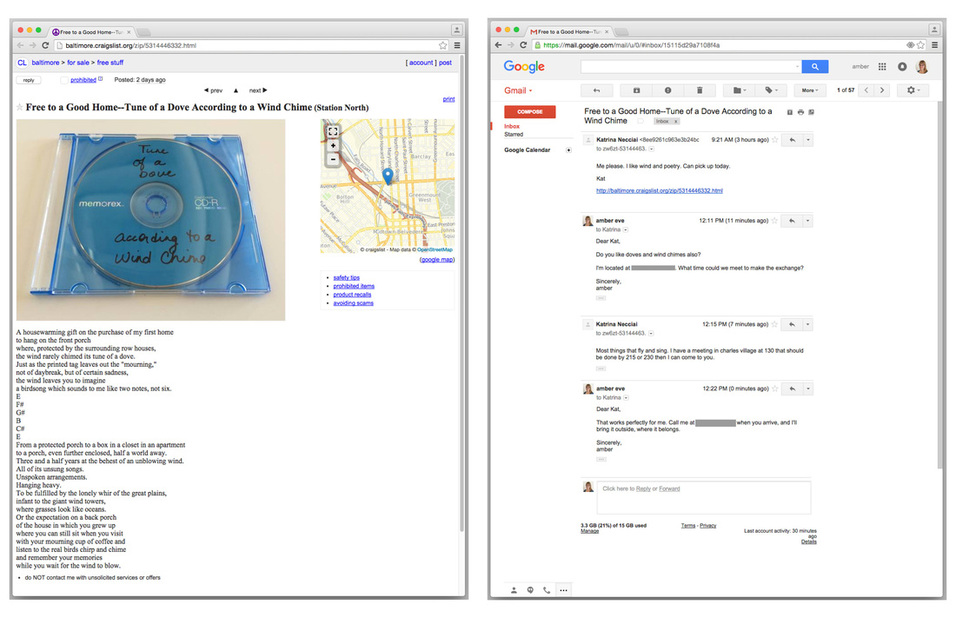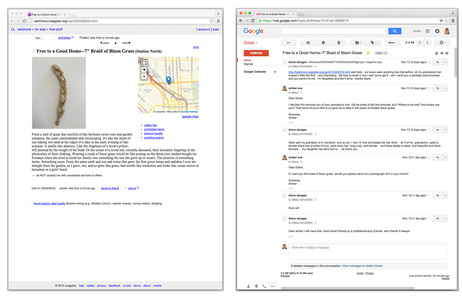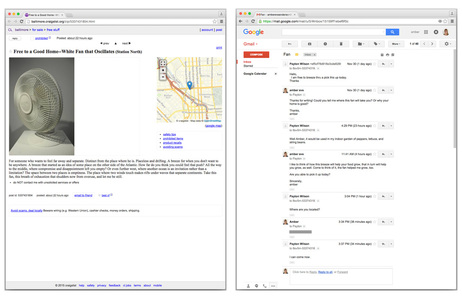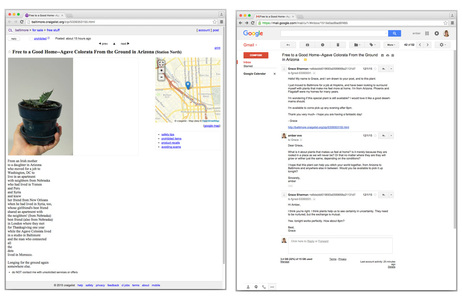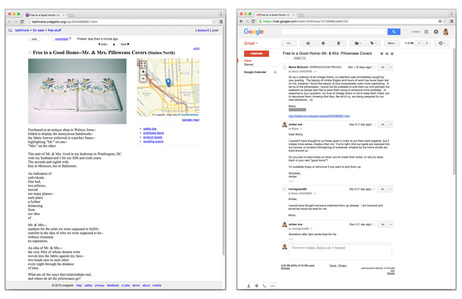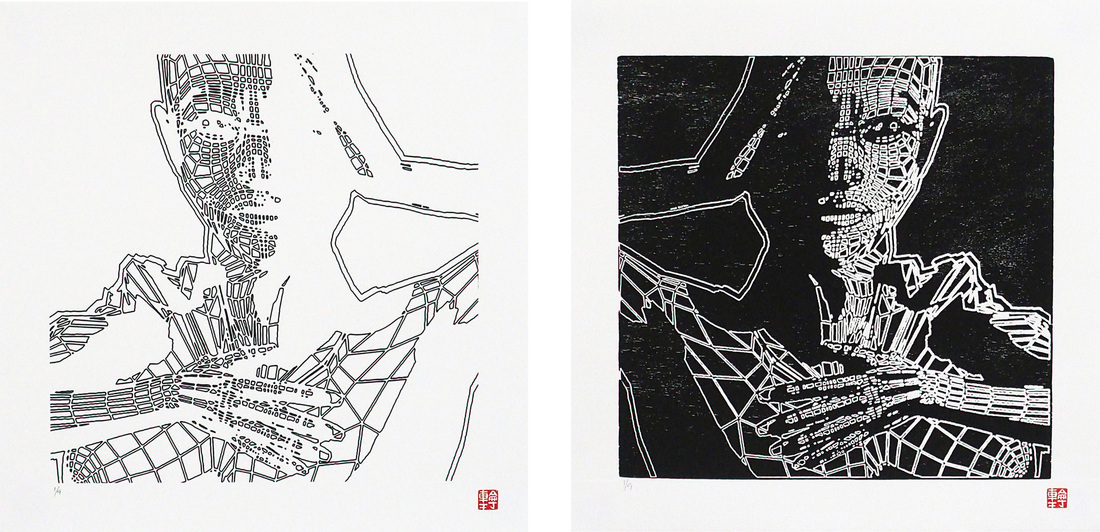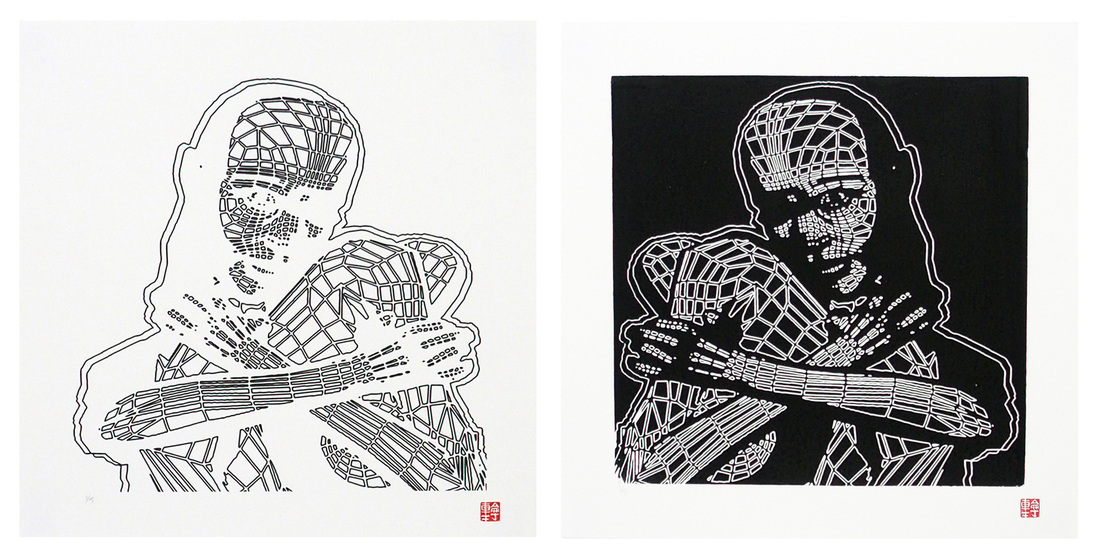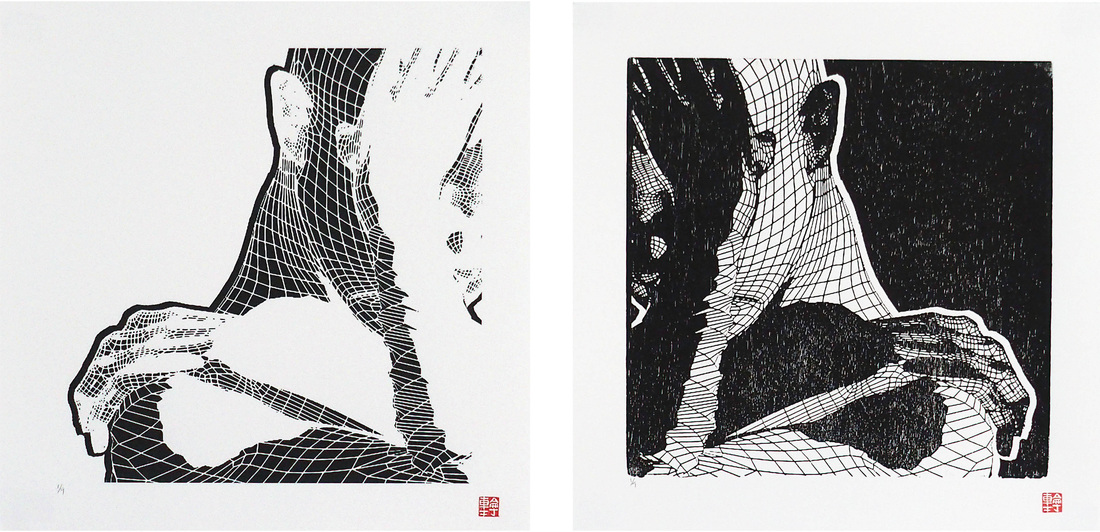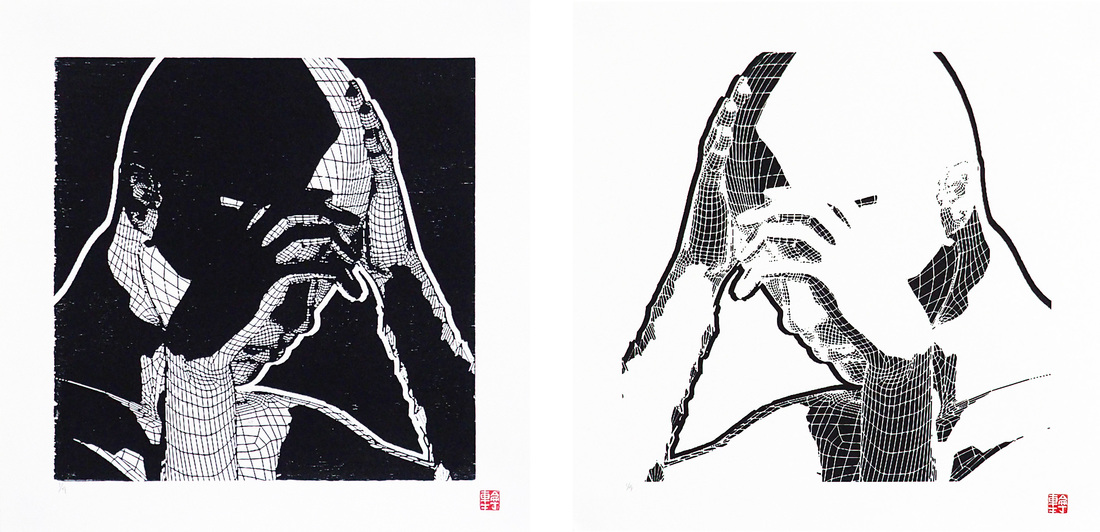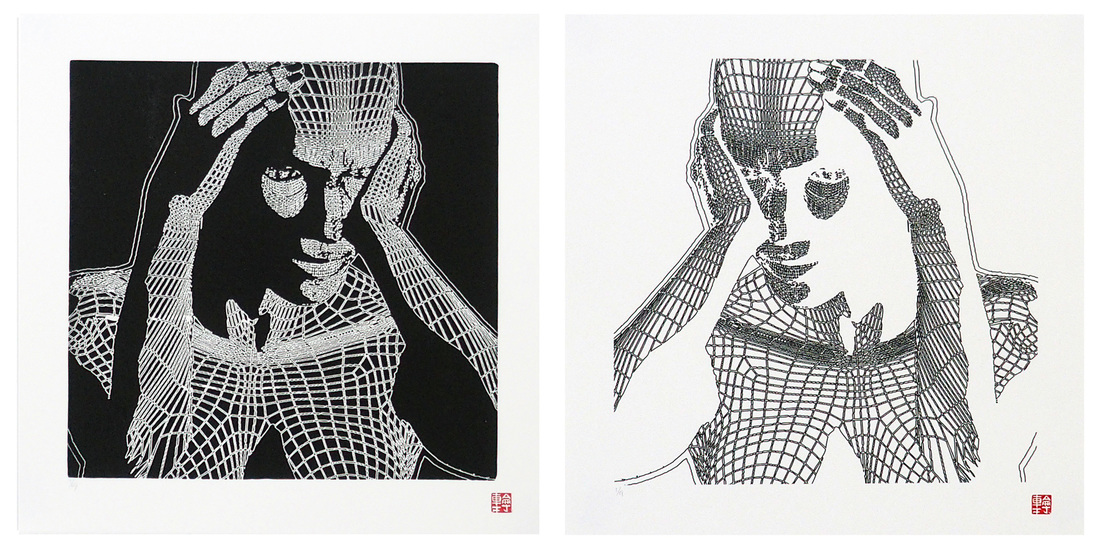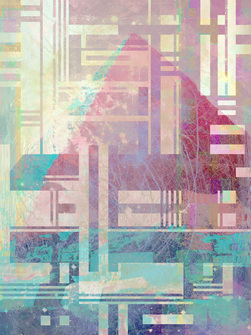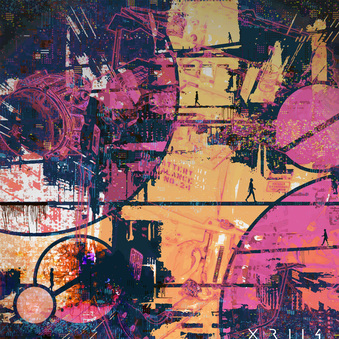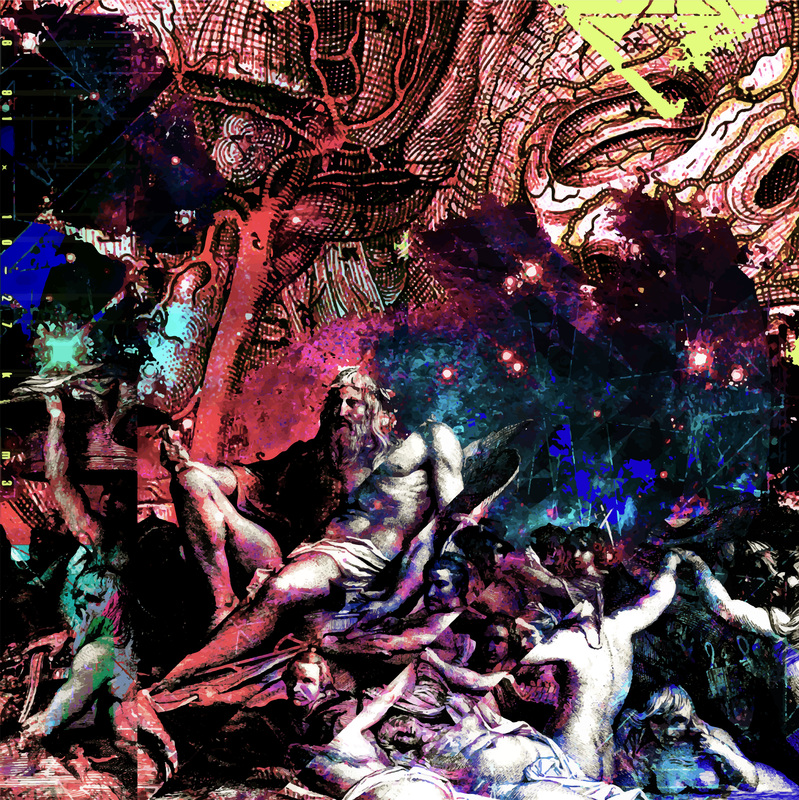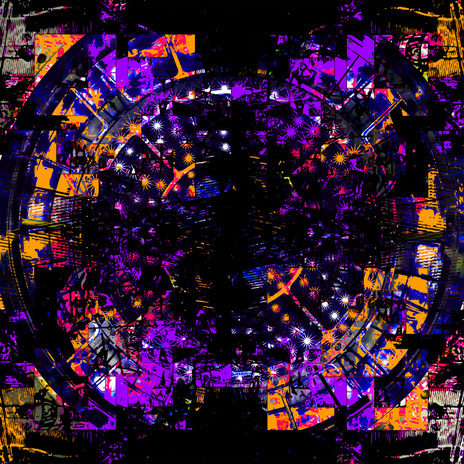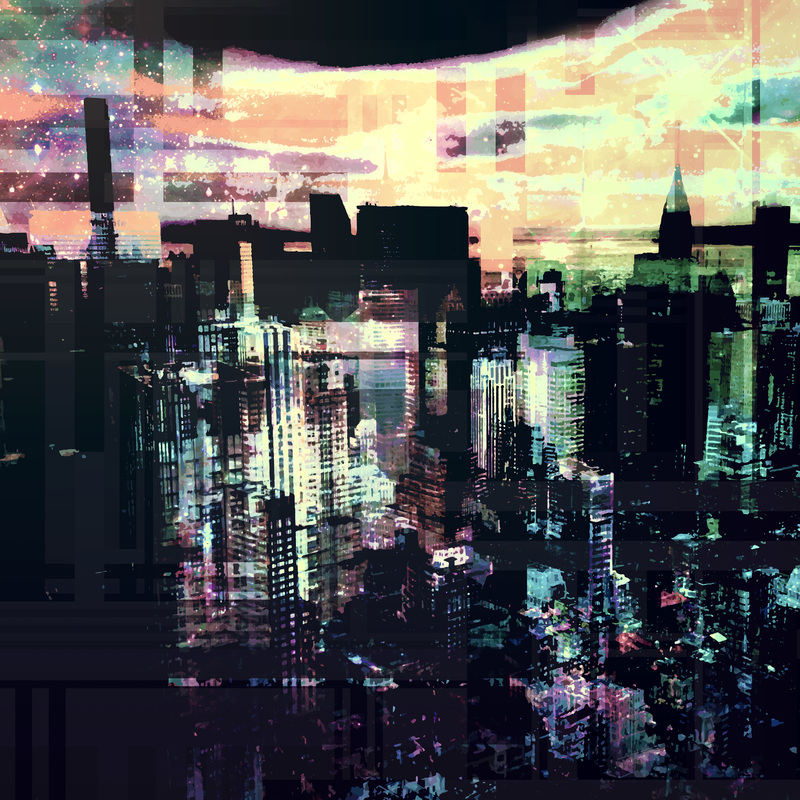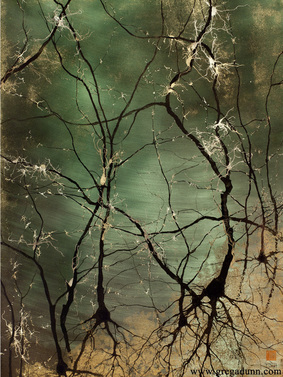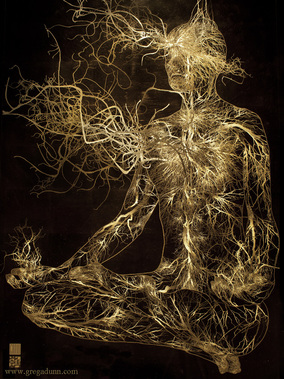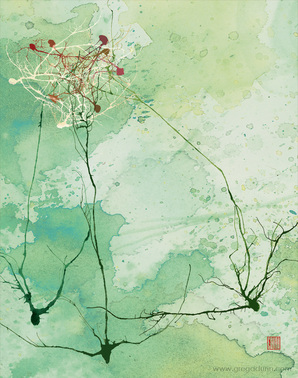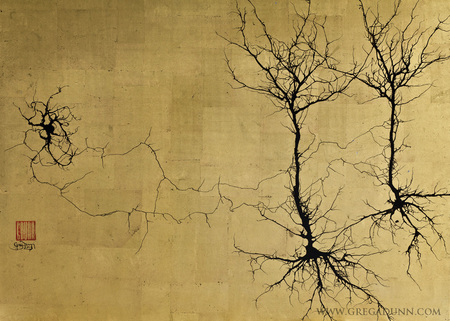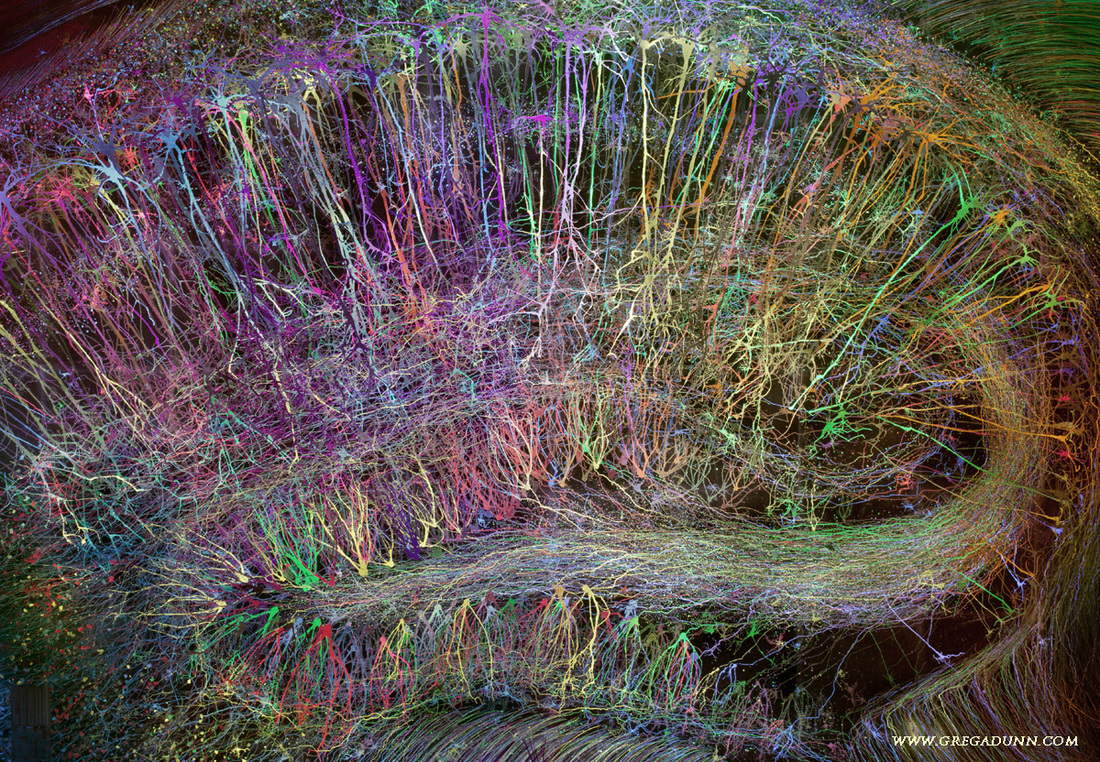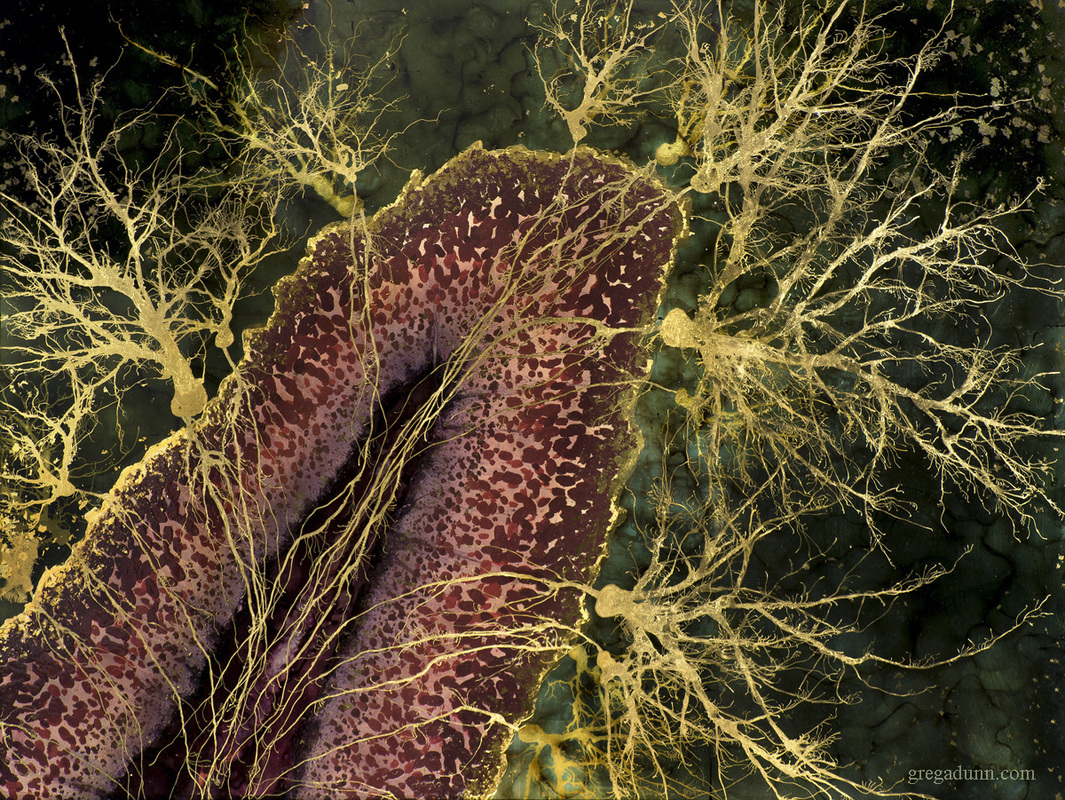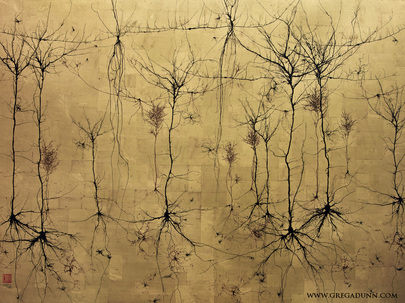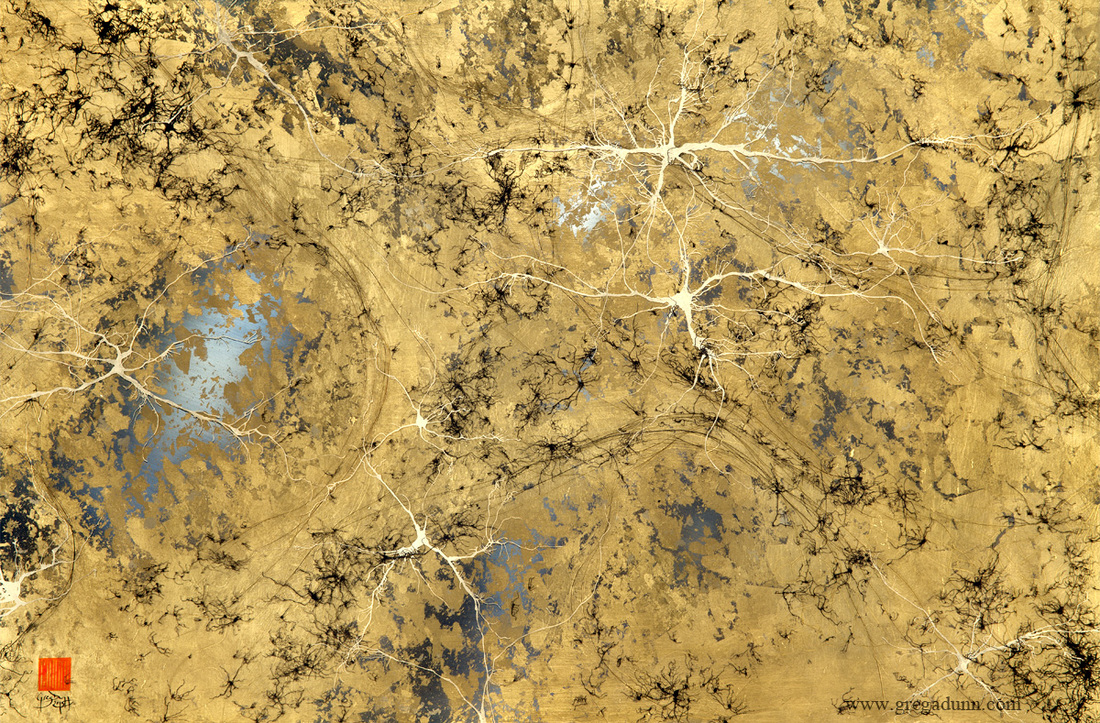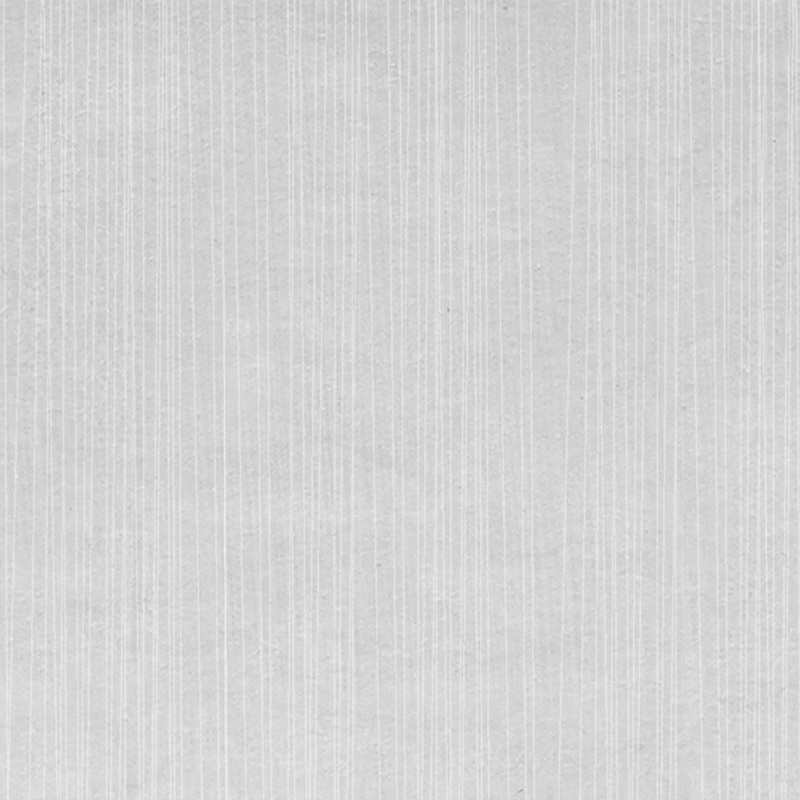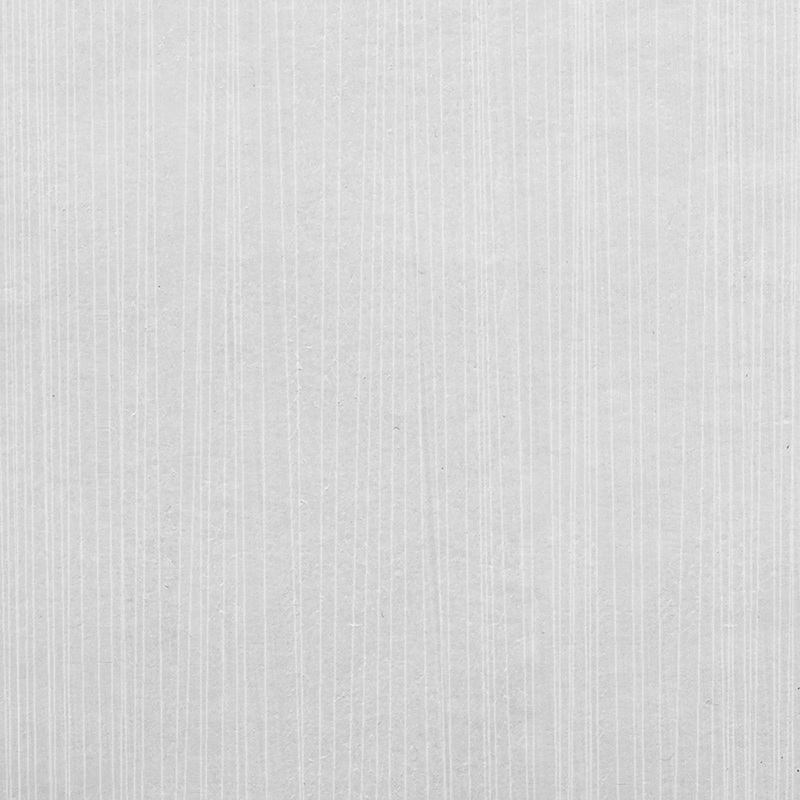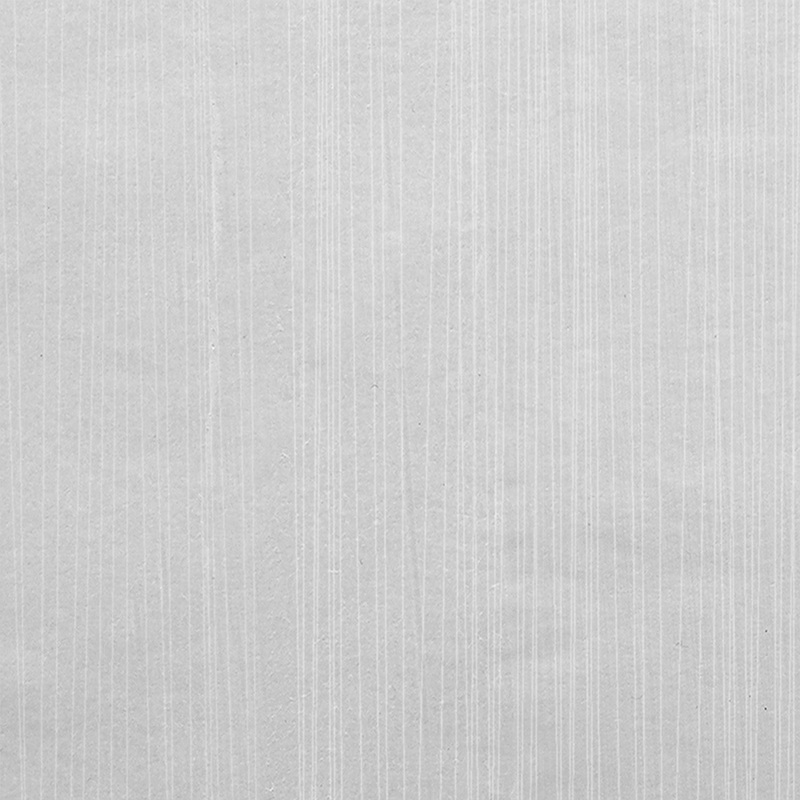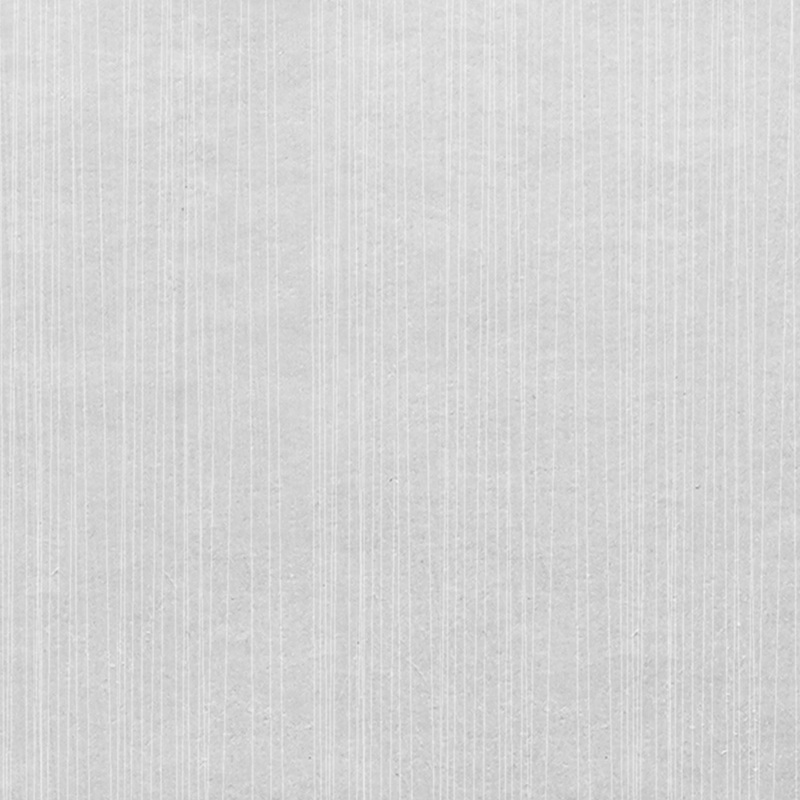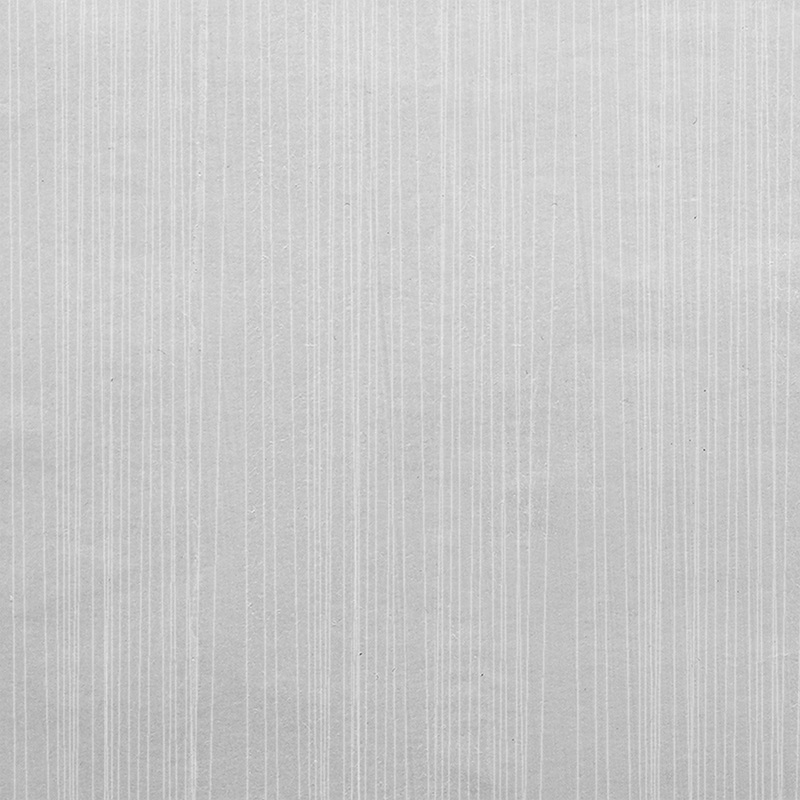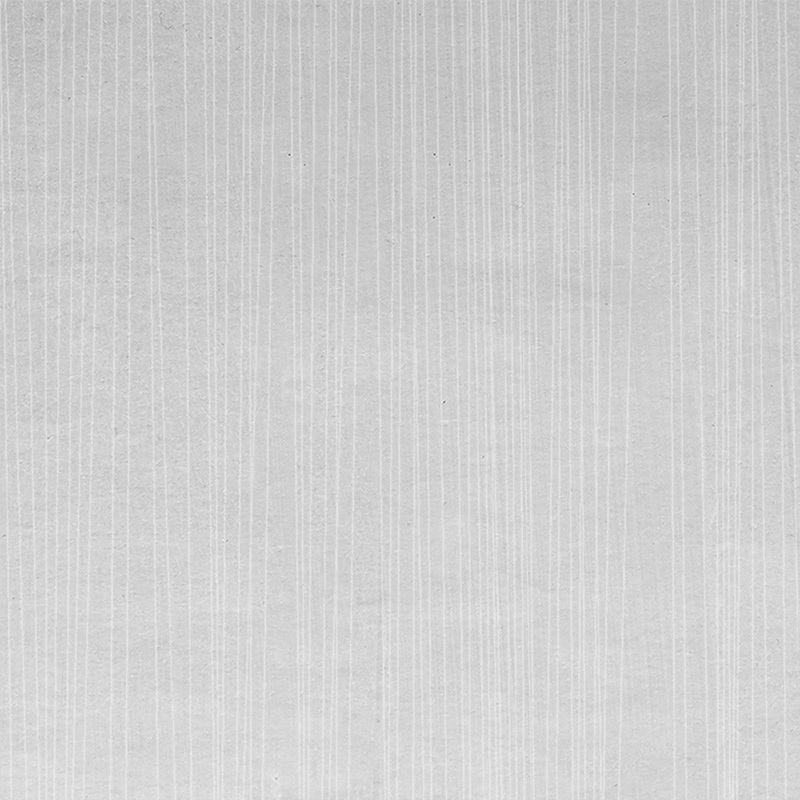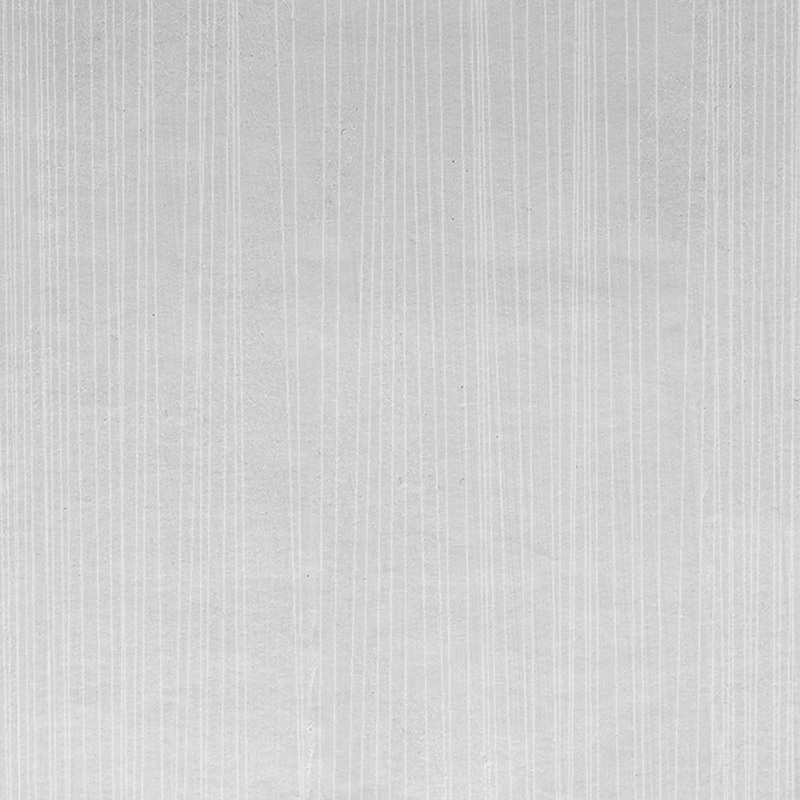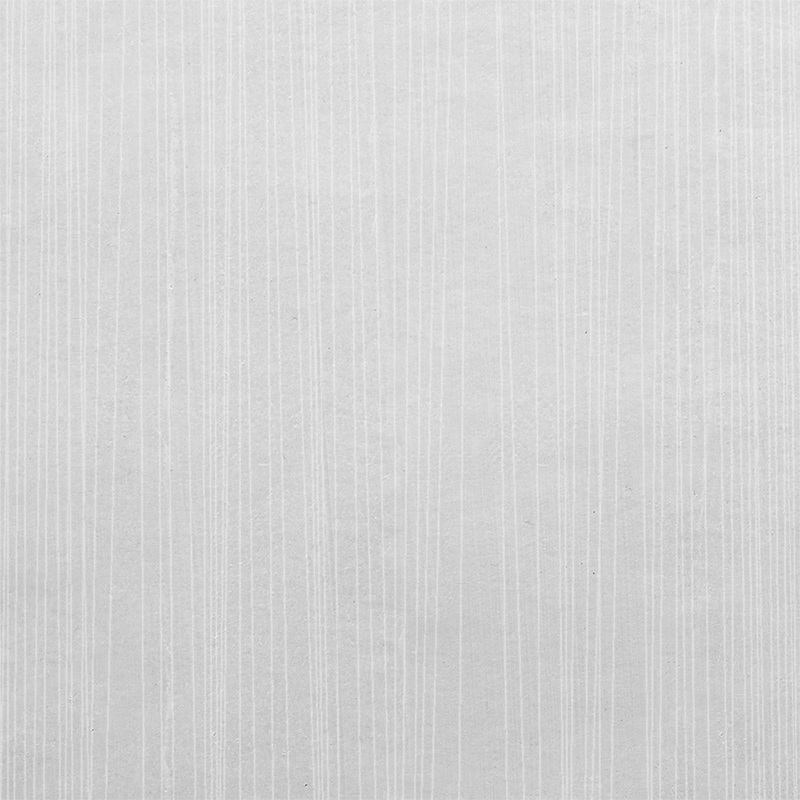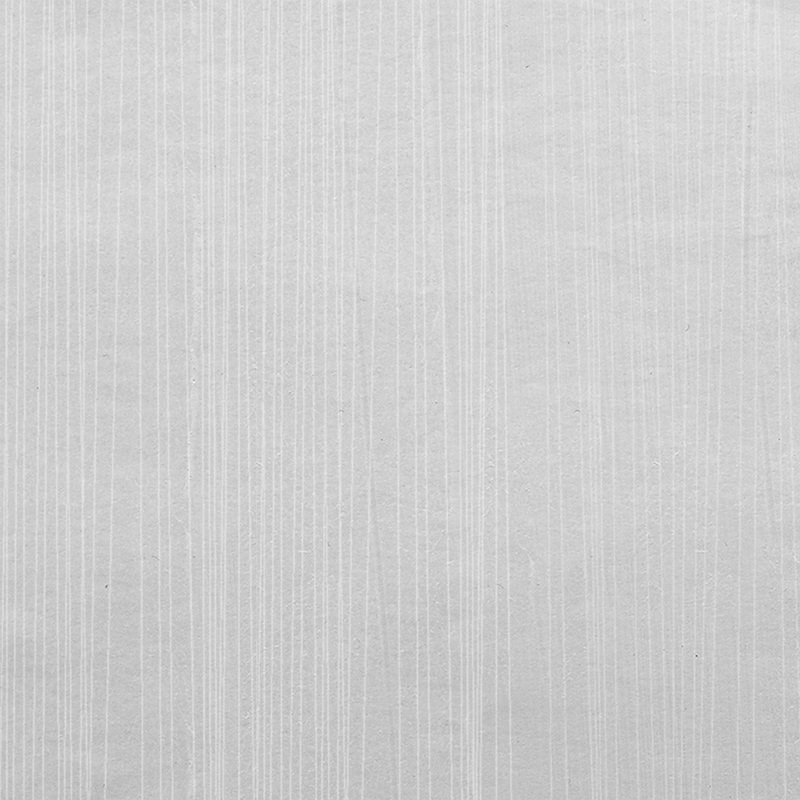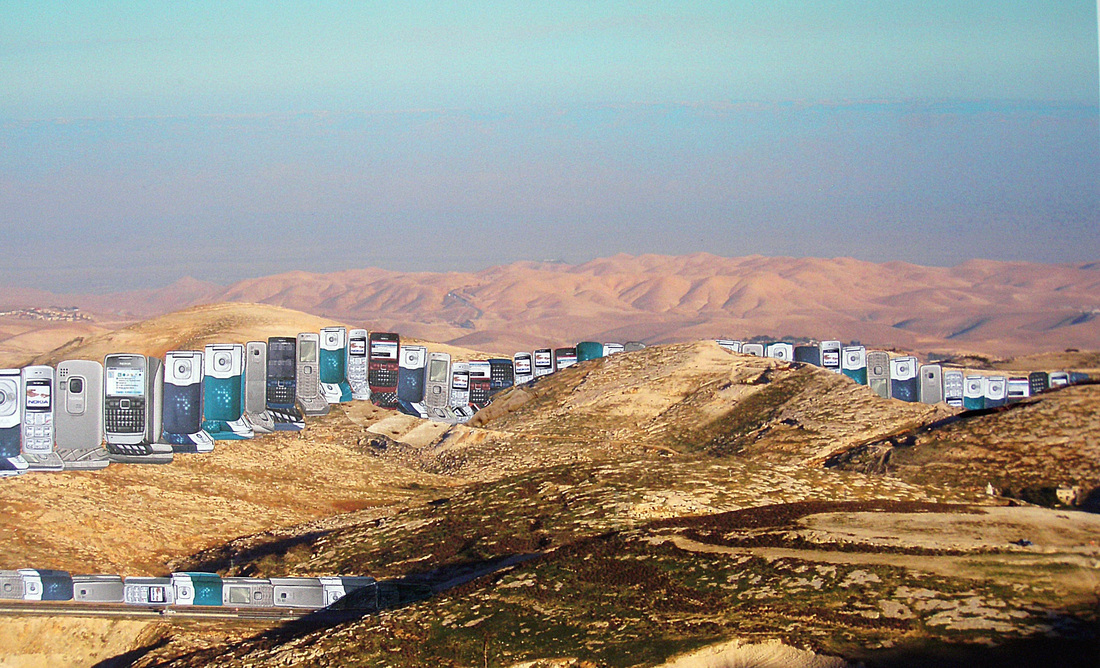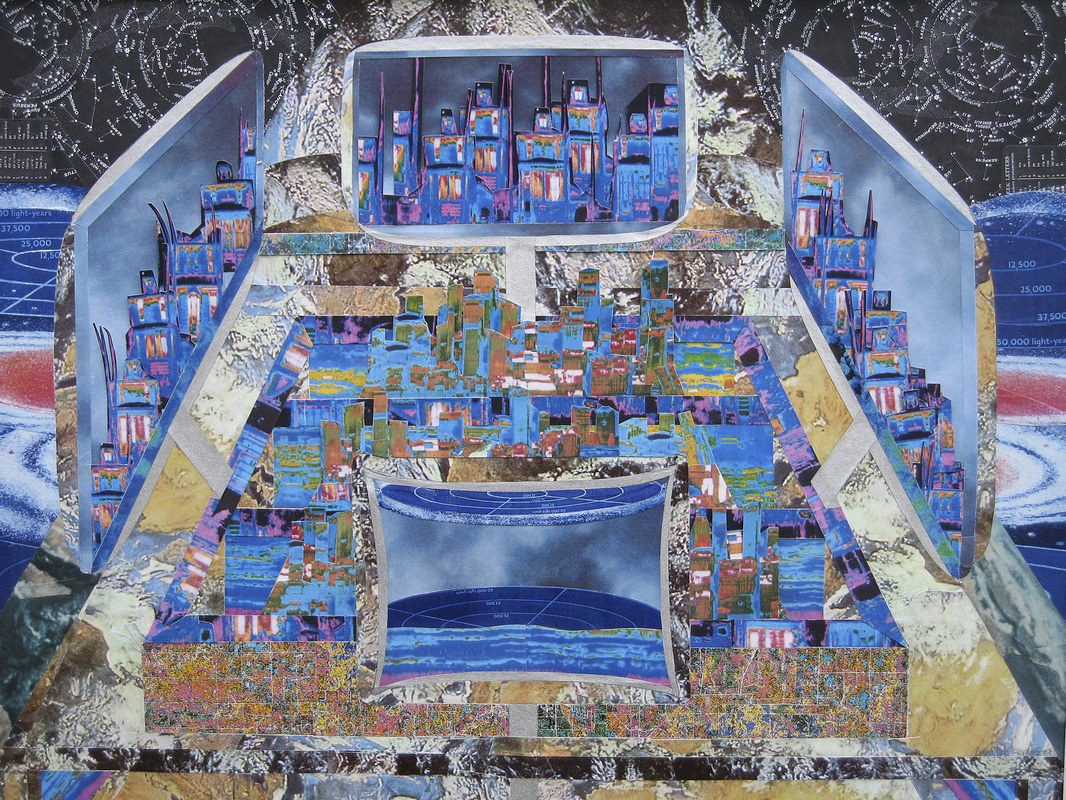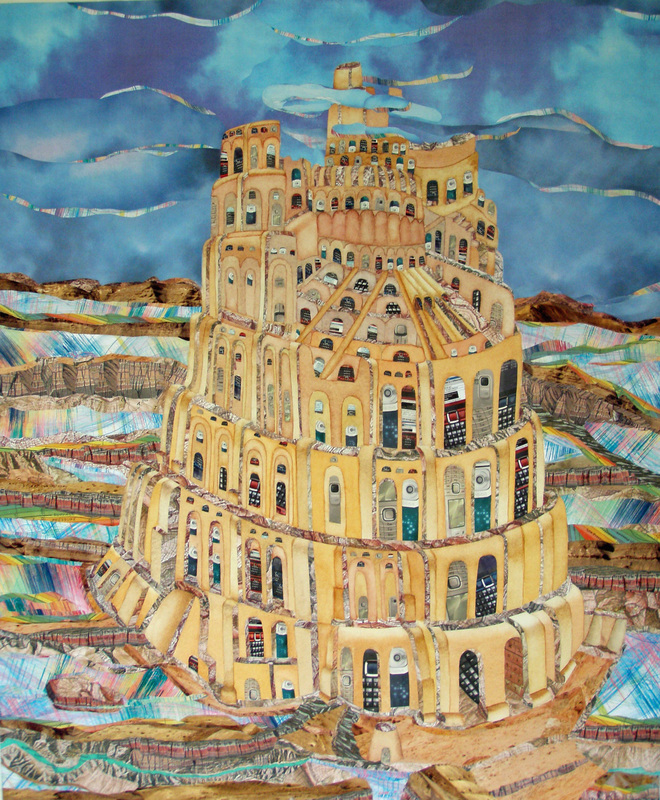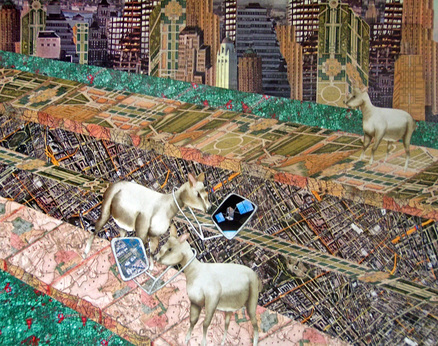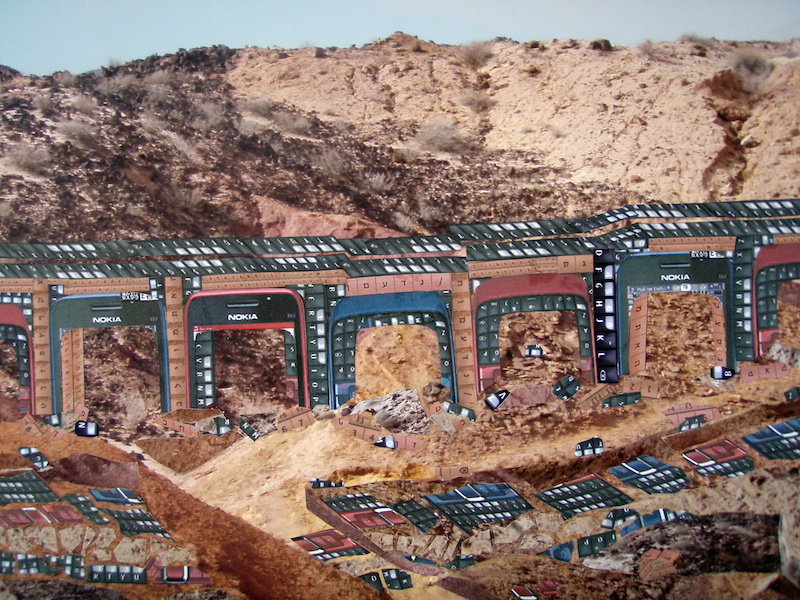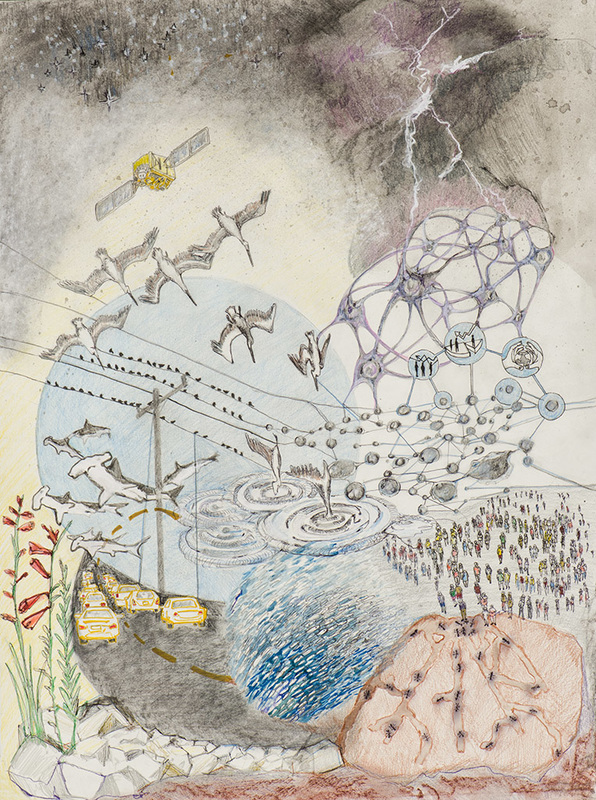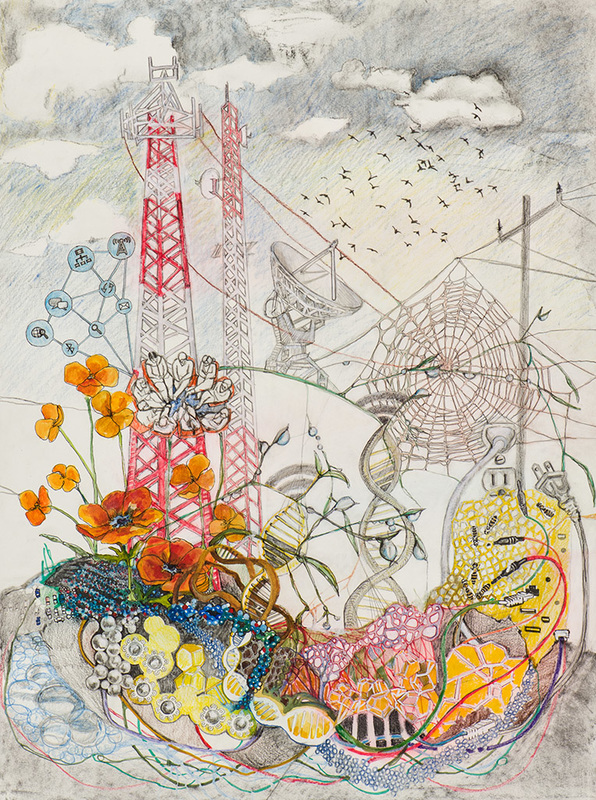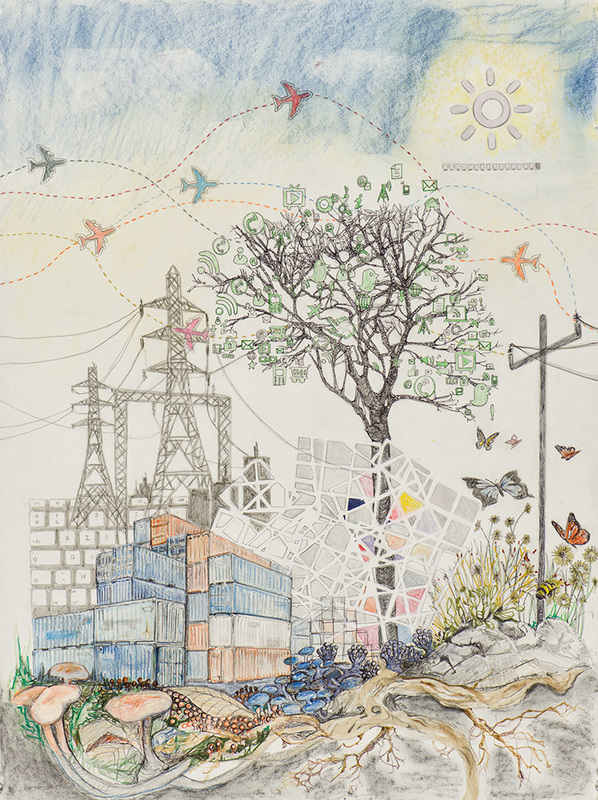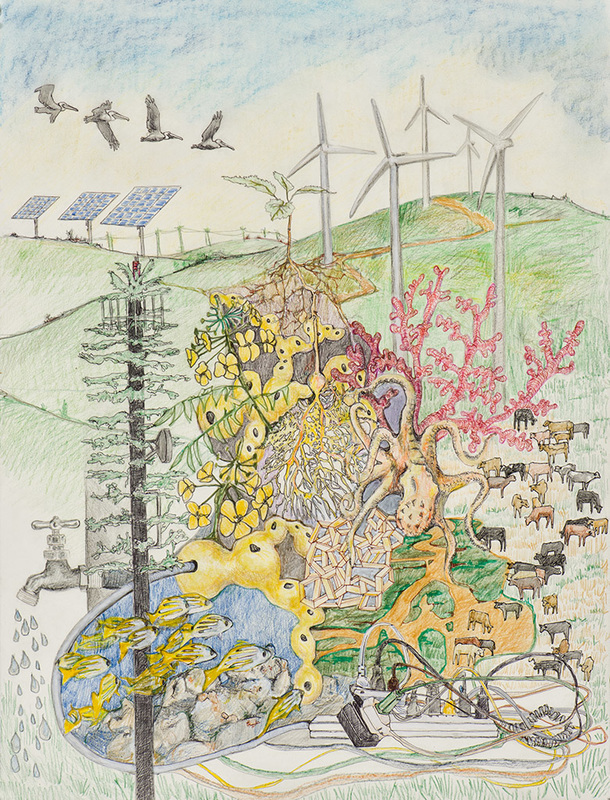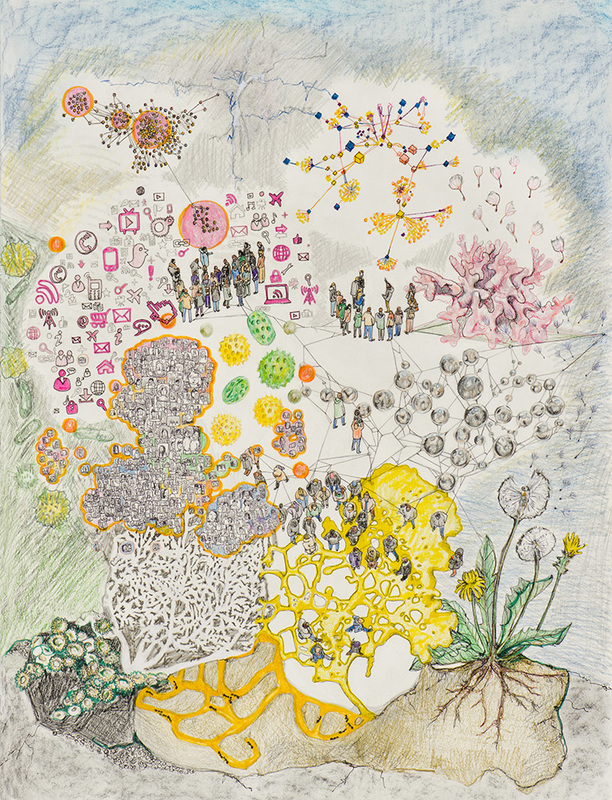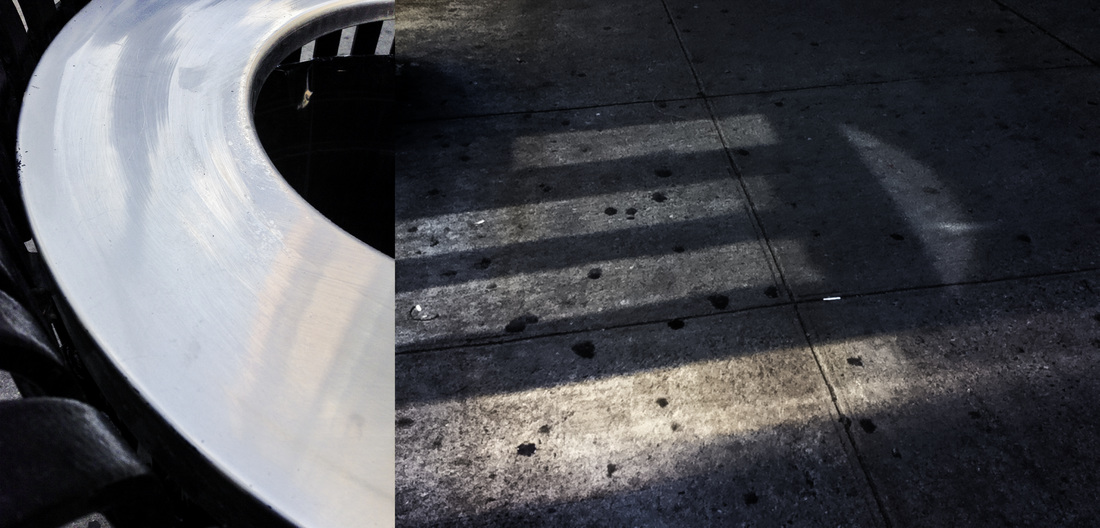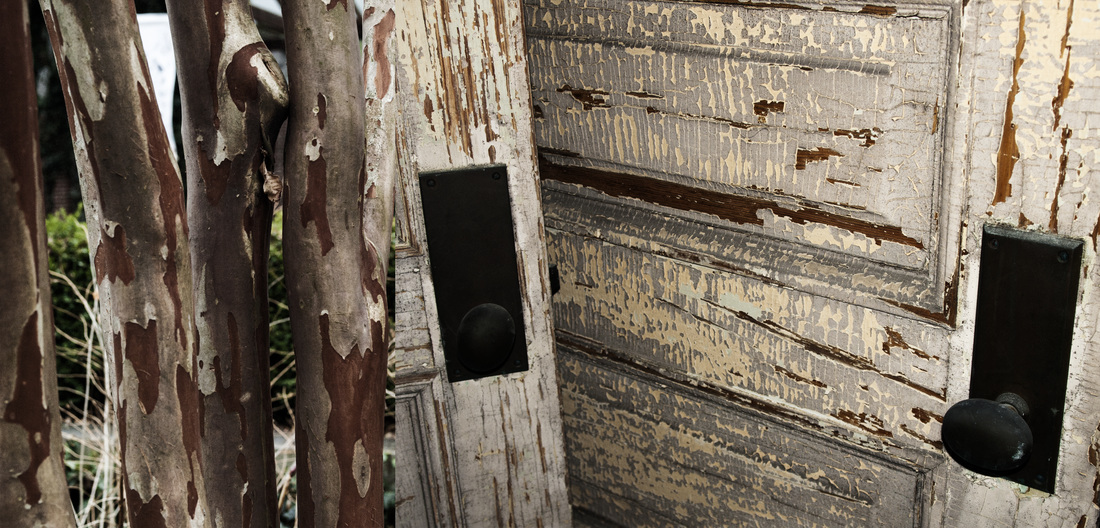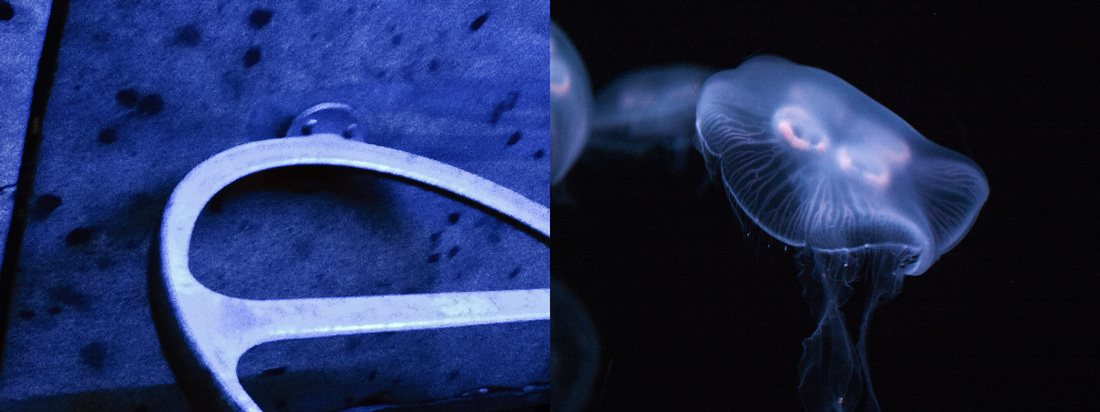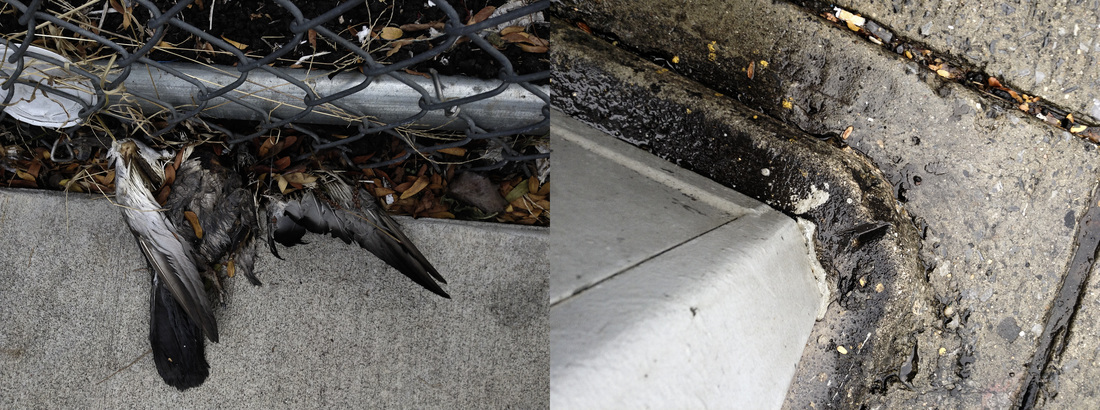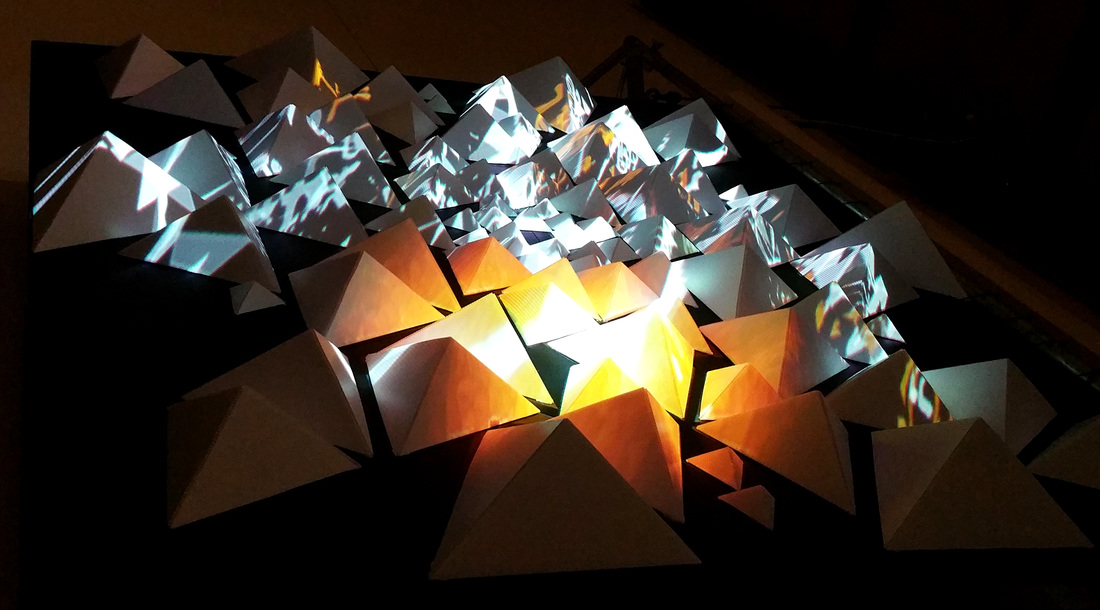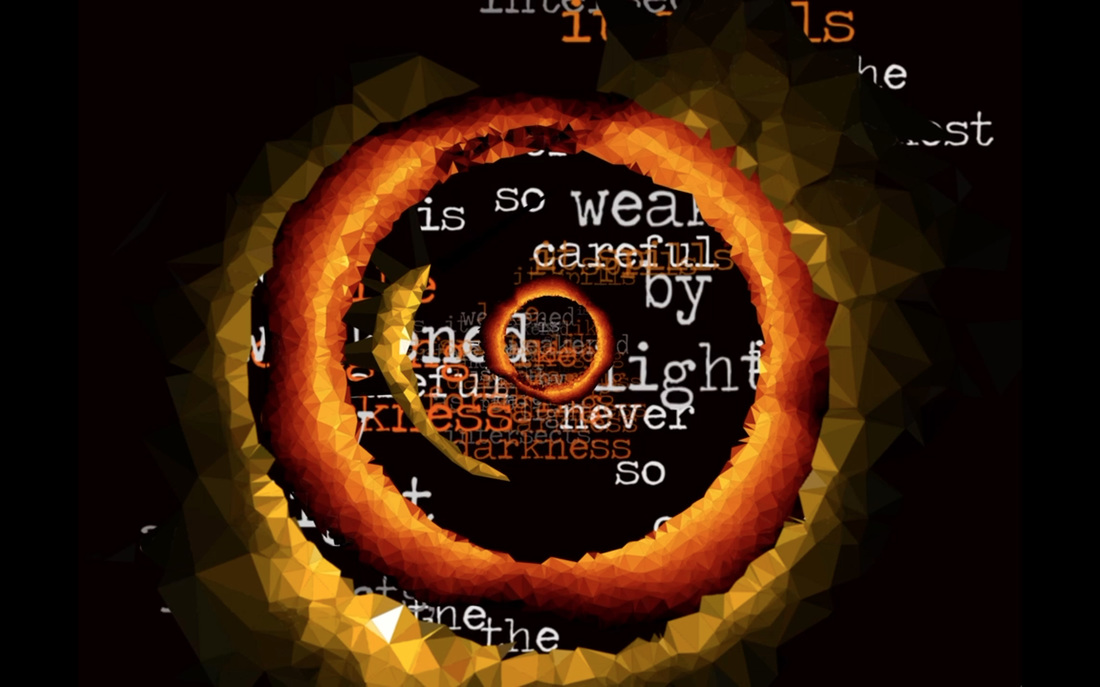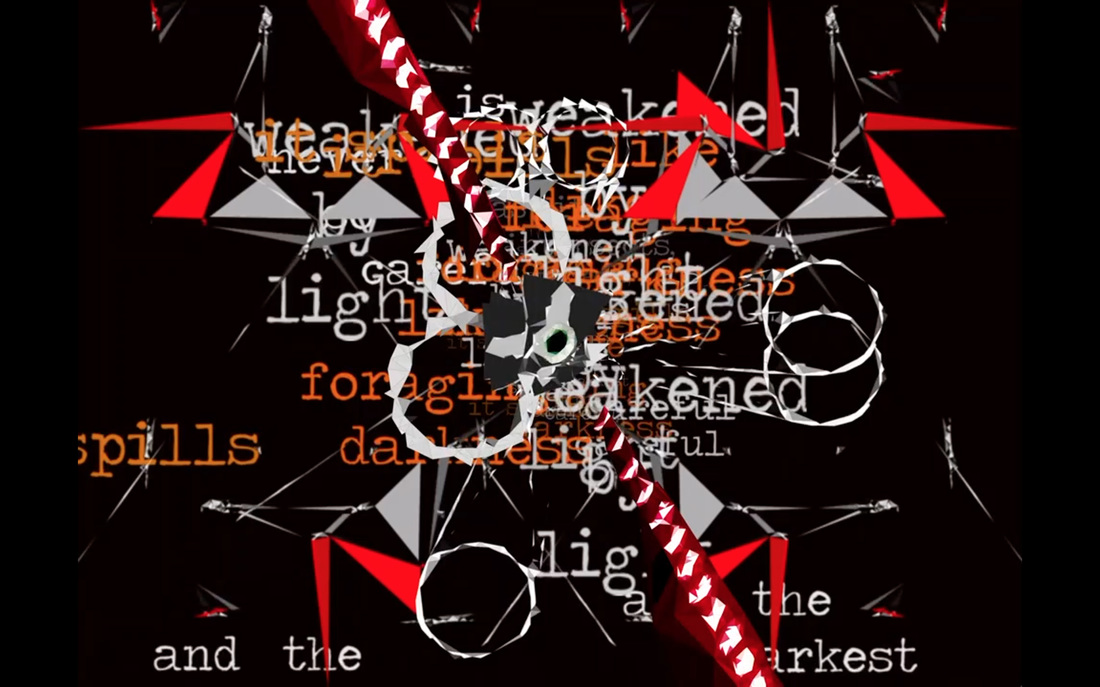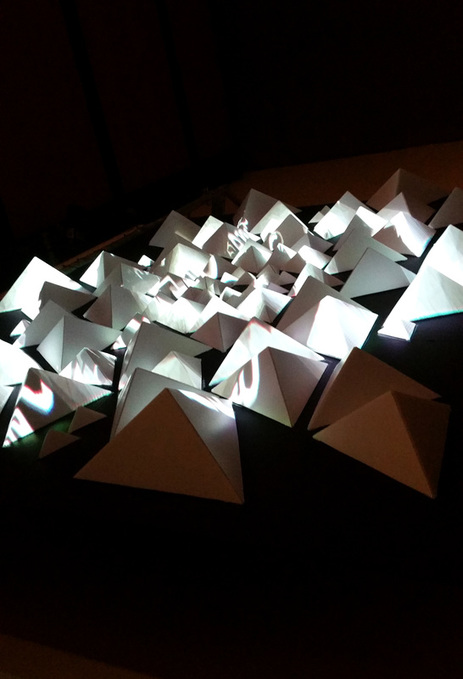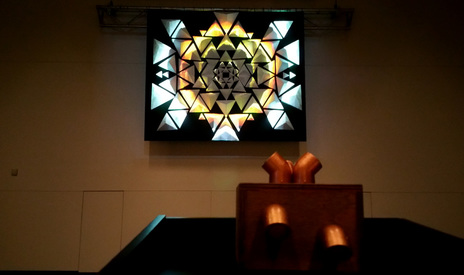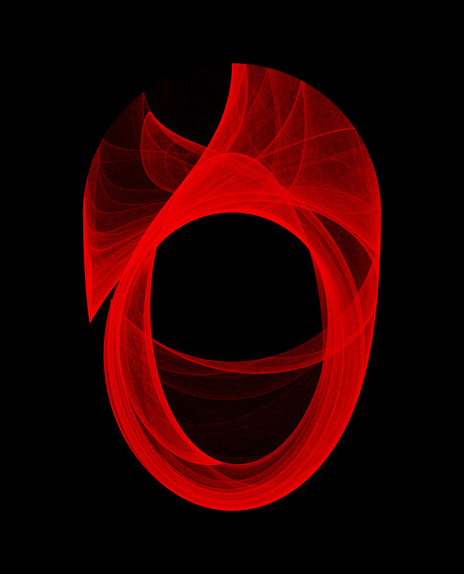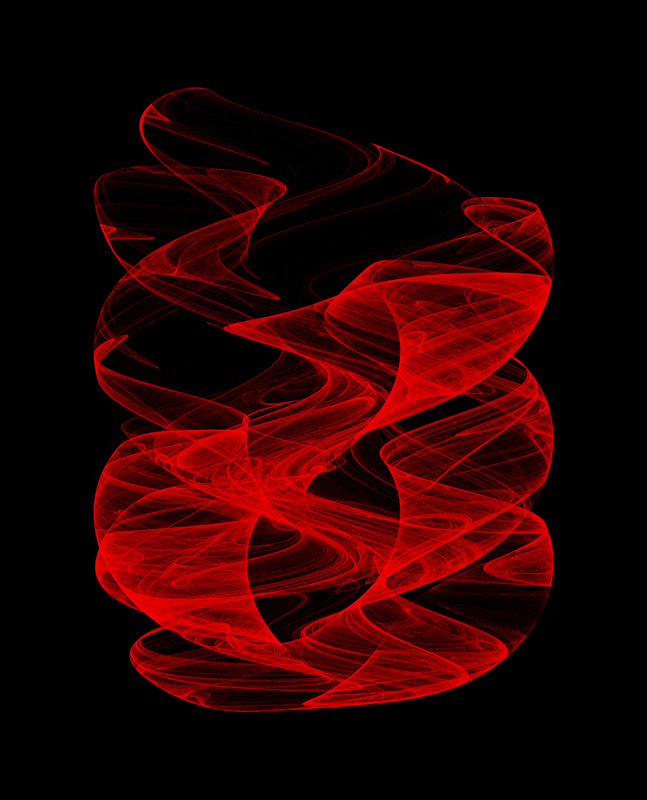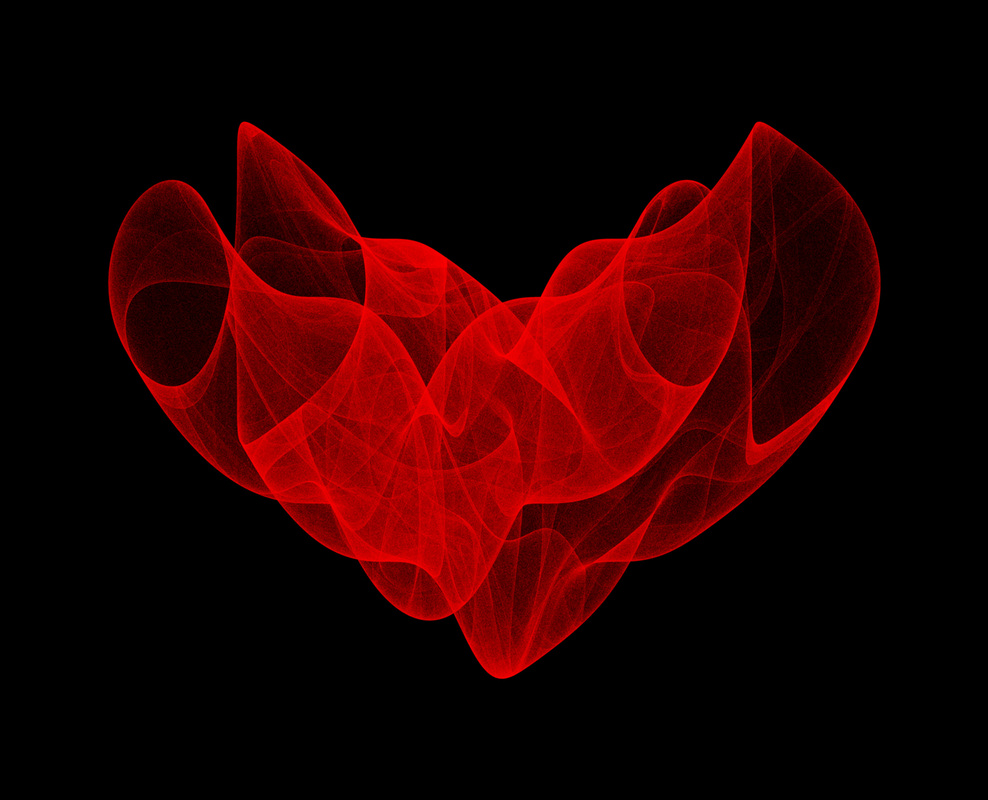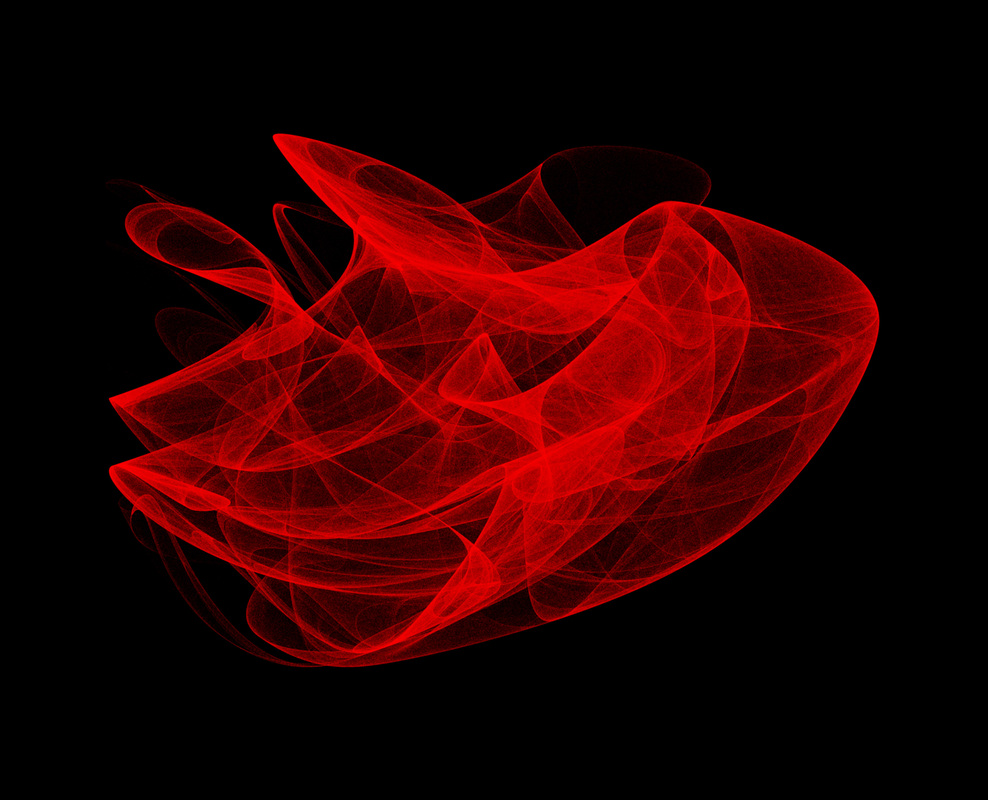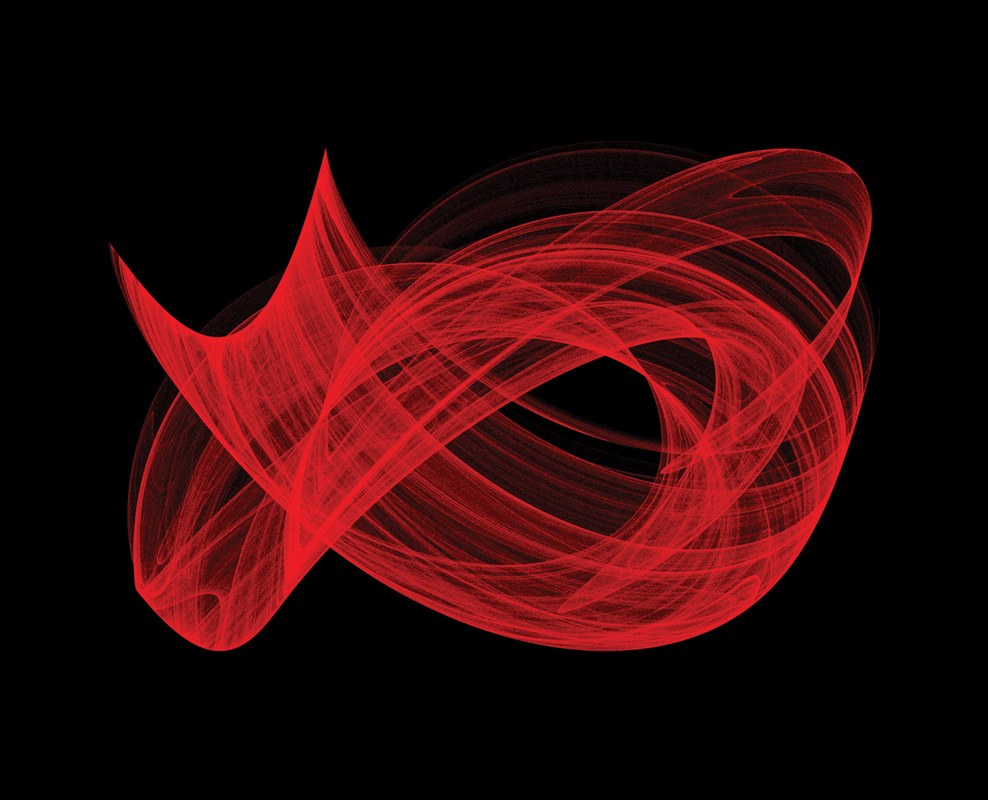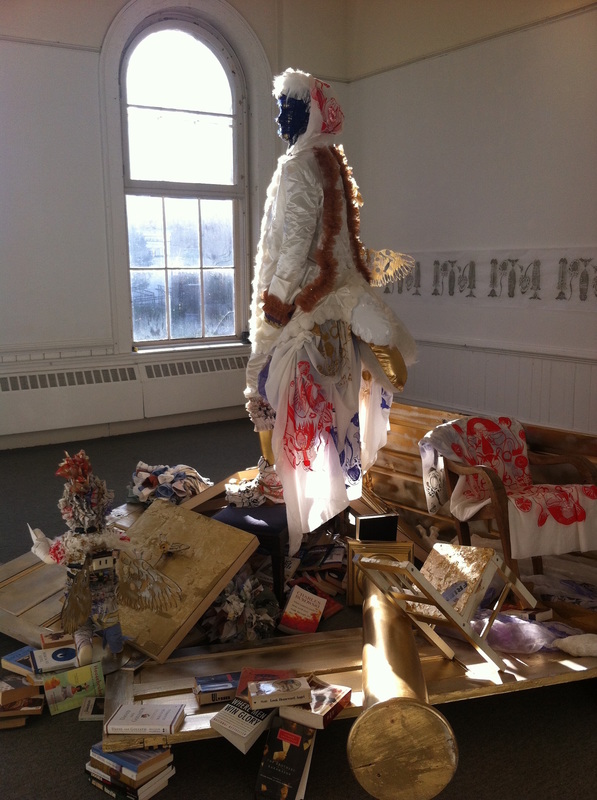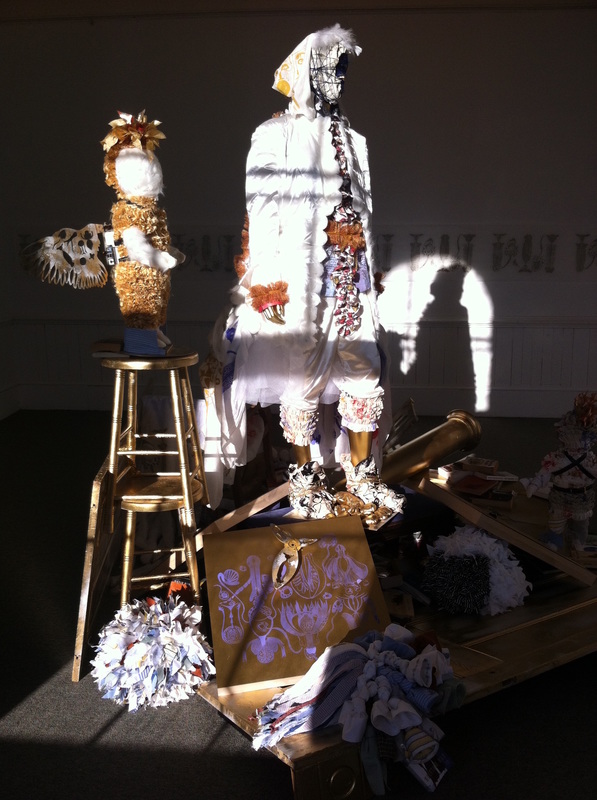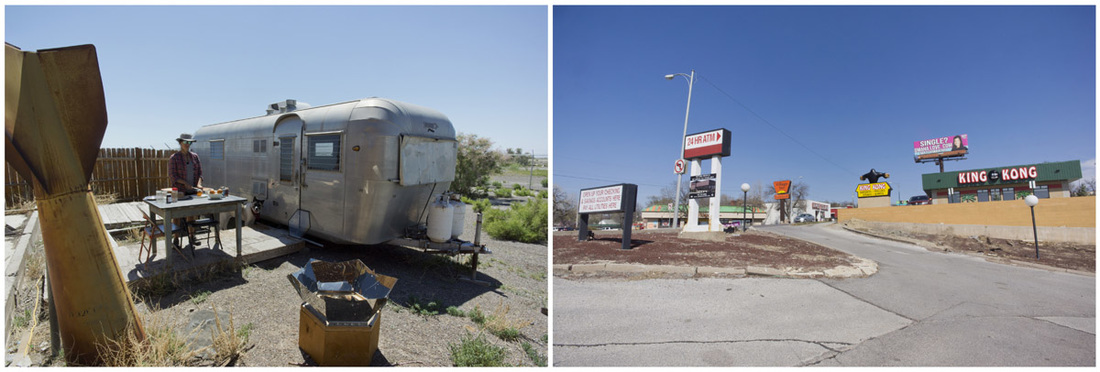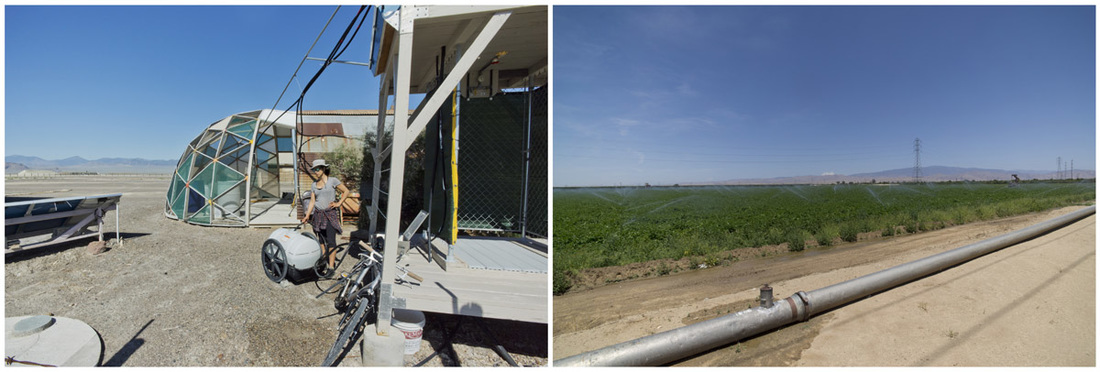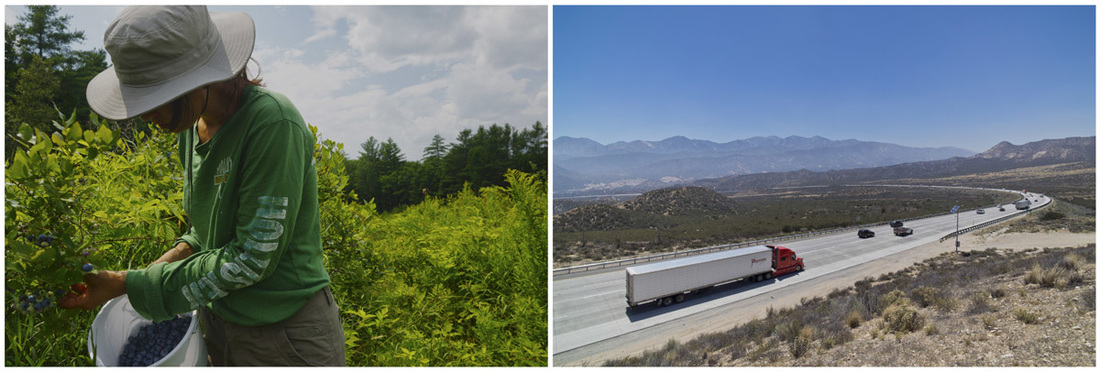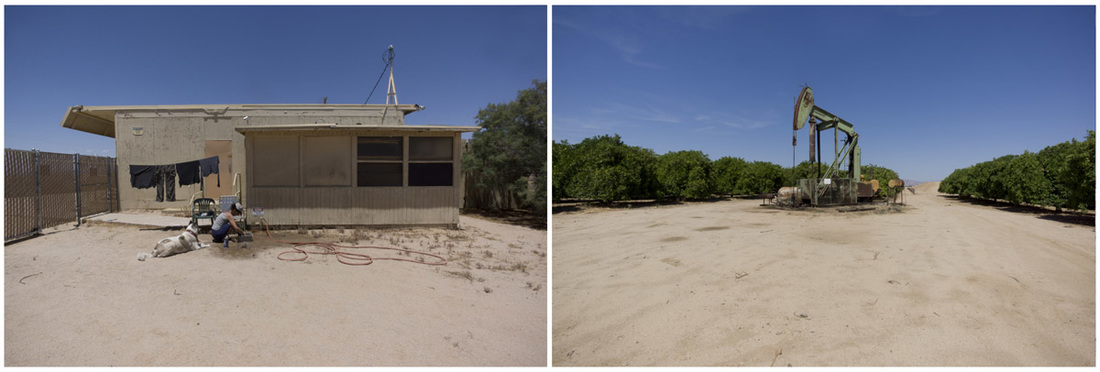"Distinguishable from Magic"
a virtual & pop-up exhibit
Collar Works Gallery (Troy, NY)
June 2016
“Any sufficiently advanced technology is indistinguishable from magic.”
- Arthur C. Clarke
a virtual & pop-up exhibit
Collar Works Gallery (Troy, NY)
June 2016
“Any sufficiently advanced technology is indistinguishable from magic.”
- Arthur C. Clarke
One of the greatest impacts that technology has had is the ability to connect and communicate instantaneously across the globe. What once may have seemed out of reach, like the ability to talk ‘face to face’ with someone living 10,000 miles from your home, is now just one click away:
You are sitting cross-legged on a dusty, dirt-covered rug, facing a 12-year-old girl. Her name is Sidra. You are in a Syrian refugee camp listening to her tell you about her life: “I am in the fifth grade. I am from Syria, in the Daraa Province, Inkhil City. I have lived here in the Zaatari camp in Jordan for the last year and a half. I have a big family.”
The scene described above comes from the documentary “Clouds Over Sidra.” Departing from a typical documentary experience, the creators made “Clouds Over Sidra” to be viewed through an Oculus Rift, a virtual reality headset. Speaking on the viewer’s experience, co-creator Chris Milk says, “...when you're sitting there in her room, watching her, you're not watching it through a television screen, you're not watching it through a window, you're sitting there with her.”
The genre of science fiction has long addressed the question of what it is to be human in the face of advancing technology, but many aspects of this question are no longer limited to science fiction as they quickly become science and technology fact. Technology is changing human relationships with others and to one’s self, on both an emotional and functional level. Beginning with the Internet and jumping to artificial intelligence, prosthetic limbs, robotics, cybernetics, virtual reality, biotechnology, and more, humanity is left to question what constitutes our identity. Is our humanity altered when an artificial heart pumps our blood, or a robotic arm takes the place of one lost? What would it mean about us if a machine felt our same emotions, as seen in movies like “Her” and “Ex Machina”? We are left to question our species’ social and biological evolution with the dominance of social interactions taking place through online platforms like Facebook, Instagram, and Snapchat.
Curated by Marnie Benney
You are sitting cross-legged on a dusty, dirt-covered rug, facing a 12-year-old girl. Her name is Sidra. You are in a Syrian refugee camp listening to her tell you about her life: “I am in the fifth grade. I am from Syria, in the Daraa Province, Inkhil City. I have lived here in the Zaatari camp in Jordan for the last year and a half. I have a big family.”
The scene described above comes from the documentary “Clouds Over Sidra.” Departing from a typical documentary experience, the creators made “Clouds Over Sidra” to be viewed through an Oculus Rift, a virtual reality headset. Speaking on the viewer’s experience, co-creator Chris Milk says, “...when you're sitting there in her room, watching her, you're not watching it through a television screen, you're not watching it through a window, you're sitting there with her.”
The genre of science fiction has long addressed the question of what it is to be human in the face of advancing technology, but many aspects of this question are no longer limited to science fiction as they quickly become science and technology fact. Technology is changing human relationships with others and to one’s self, on both an emotional and functional level. Beginning with the Internet and jumping to artificial intelligence, prosthetic limbs, robotics, cybernetics, virtual reality, biotechnology, and more, humanity is left to question what constitutes our identity. Is our humanity altered when an artificial heart pumps our blood, or a robotic arm takes the place of one lost? What would it mean about us if a machine felt our same emotions, as seen in movies like “Her” and “Ex Machina”? We are left to question our species’ social and biological evolution with the dominance of social interactions taking place through online platforms like Facebook, Instagram, and Snapchat.
Curated by Marnie Benney
Reviewed by The Creators Project
AMBER EVE ANDERSON
"In a world made smaller through networks of interconnectivity, dislocation is at the forefront of existence. One’s experience of place is rapidly changing. We are constantly locating ourselves, but we don’t really know where we are. Longing is emphasized, rather than mitigated, by virtual reality. I seek to depict the placelessness of distance — of being in between, not there, nowhere. Whether through the personal space of the bed or the anonymity of the Craigslist platform, I combine aspects of nostalgia and categorical points of reference to effect a sense of longing and loss in an attempt to order my displacement. "Free to a Good Home" showcases my most recent body of work, which explores concepts of distance, displacement and home as mediated by Craigslist. Photography is often a starting point in my work. Here it functions as a representation of personal objects from my home, which I then pair with poetic descriptions of the roles these objects have played in my life that I offer for free to “a good home.” The resulting interactions I have via email with those interested in these objects aim to theorize what a good home actually is, but also provide a snapshot of the beauty, directness and surprise of anonymous online interaction."
LINDA BEHAR
"I am especially interested in socio-political content, feminist topics, the repetitive cycles of historical trend, and the analysis of messages conveyed to the
masses through the media. The purpose of this artwork is to bring awareness to the anxiety generated by the contemporary global situation and emphasize the tension in the world we live in. The social, political, economic and environmental issues inundate the public discourse, creating a narrative of uncertainty about the future. Working with new technology allows me to approach creating art and expressing ideas in a manner that reflects the current digital era. Using software, I can digitally generate graphics and translate them into more traditional craftsmanship techniques, such as woodblock printing. My goal is to create images that echo the past, confront the present, and embrace the future."
masses through the media. The purpose of this artwork is to bring awareness to the anxiety generated by the contemporary global situation and emphasize the tension in the world we live in. The social, political, economic and environmental issues inundate the public discourse, creating a narrative of uncertainty about the future. Working with new technology allows me to approach creating art and expressing ideas in a manner that reflects the current digital era. Using software, I can digitally generate graphics and translate them into more traditional craftsmanship techniques, such as woodblock printing. My goal is to create images that echo the past, confront the present, and embrace the future."
JARED VAUGHAN DAVIS
"Utilizing a dialectical approach in both my studio practice and research, my aim is to move beyond the contemporary paradigm of postmodernism towards an artistic discourse that oscillates between a "modern enthusiasm and postmodern irony', between unity and multiplicity, totality and fragmentation, clarity and ambiguity, and reason and romanticism. In my dissertation 'Reconciling the Irreconcilable' for the MA in Art & Science program at Central Saint Martins, I outline the contemporary artistic and philosophical theories, metamodernism and romantic naturalism, which motivate my explorations into the consilience of art and science. Following philosopher of science Karl Popper's notion of 'permanent revolutions,' my body of work is intentionally eclectic, and I work with an increasing variety of mediums and methodologies. My artwork often deals with topics ranging from astronomy, cosmology, physics, and neuroscience, to epistemology, mythology, metaphysics, science fiction, and the science of belief."
GREG DUNN
"My nontraditional path to art through a doctorate in neuroscience arms me with an outsider’s perspective and gives me the freedom to introduce imagery and concepts derived from a different world than is traditionally encountered in fine art. My work is neonaturalist, art based on natural forms and influenced by scientific advancements that allows us to perceive the universe beyond human senses. Neonaturalism harmonizes unfamiliar scientific imagery and techniques with an experimental artistic scaffolding. For example, it demonstrates that fractal forms of nature are consistent across scale; that neural landscapes of the brain fit seamlessly into the established realm of Asian aesthetics; that expanses of the microscopic world are fundamentally equivalent to landscapes of the macroscopic world. Neonaturalism fuses the worlds of concept and aesthetics, chaos and order, art and data. This approach visually, conceptually, and technologically brings the scientific method into design and technique to produce pieces that demonstrate surprising and sometimes beautifully abstract notions about the unseen while commenting on the common foundations of art and science in communicating human experience. Neonaturalism translates the perpetual stream of inspiration at the cutting edge of scientific research into visceral artistic form to portray the immense beauty that pervades all corners and all scales of our universe."
CEDRIC VAN EENOO
"The Japanese concept of Ma describes the gap, empty space or pause between two forms that allows for intensification of vision."
All images above: “Untitled” (2015). 9”x9”. Chinese ink print on rice paper.
“Untitled” (2015). Digital Film . Full HD . 9 minutes (loop).
ANNA FINE FOER
"I use maps in collages to create imaginary landscapes with mystical, biblical, scientific, and ecological themes. The visual representation of the three-dimensional physical world on a flat plane is conjoined with a depiction of the metaphysical; I find common ground between these seemingly disparate realms. The maps that I incorporate into collages may be part of political, religious, or geological narratives; just as each map can convey more than one story, my work also has more than one story to tell, describing simultaneously land, sky, water, and architecture and exploring how we, as humans, navigate both the natural and man-made worlds (between which the boundaries may be blurred). Though my work is constructed with paper and adhesive in a traditional way, it plays with distortions between visual perspective and surface image. Technology allows me to duplicate and manipulate images to fit my ideas; at the same time, my work points up our over-dependence on technology (sometimes in humorous ways)."
RICHELLE GRIBBLE
"I examine how networks take on similar structural properties and characteristics under various conditions. By comparing the visual compositions and behaviors of networks, I use art as a tool to draw parallels between them. It is my goal to visually reveal that no matter how simple or complex, macro or micro, clustered or dispersed, networks are similar and therefore generate highly predictive qualities over cross-disciplinary systems. Whether natural, technological, social or material, networks shape our entire lives and imply how everything in our universe tends to work in a highly interconnected way. As John Muir once said, “[w]hen you tug at a single thing in the universe you find that it is attached to everything else.” I aim to illuminate the common threads that link people, ideas, places, and objects together to promote our innate bonds and inevitable dependence. My work has evolved from making comparisons between networks (i.e. molecular systems, social networks, neural pathways, freeways systems, etc.) into a deep analysis of an important question: how does connectivity influence our lives and our future?"
CONSTANCE HALPORN
“My work derives from three distinct groupings; animals, plants and human-made objects. By juxtaposing divergent and peculiar images in pairs, I create mysterious collisions of meaning."
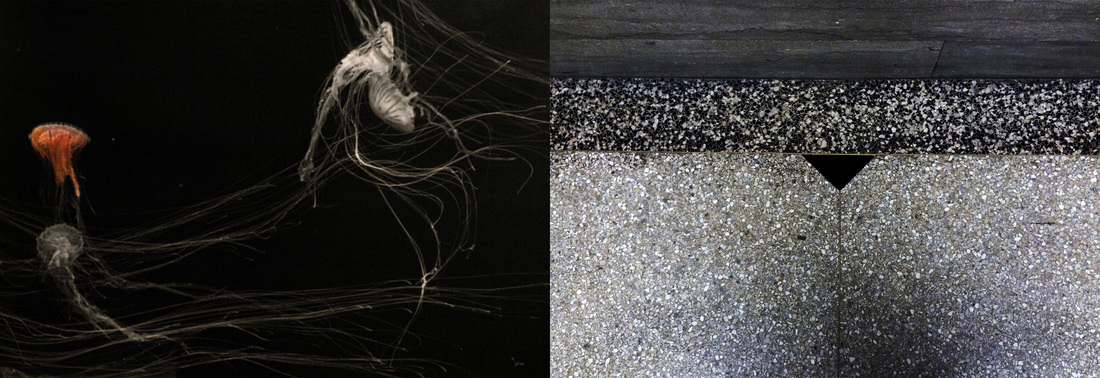
"Study 17" (2015). 37” x 12 5/8”. An exploration of looking: To paraphrase a quote from Arthur Conan Doyle’s “A Scandal in Bohemia” Sherlock Holmes says to Watson: “…You see but you do not observe. The distinction is clear…” How many times have people gone by this part of the floor. So where is it? To finish the quote: “I don’t know." "Quite so! You have not observed.’’"
The images were printed on Moab Entrada Rag paper. Frames are plain white. All Photographs copyright 2015 Constance H. Halporn.
""Shadows blister those who try to touch" is an interactive projection mapping artwork that responds to the physics phenomena of the ‘shadow blister effect’.
This artwork takes a coded, generating animation (that also generates its own audio), and maps this using current mapping software to a series of hand-made 3D sculptural pieces on a large false wall. User interaction with this piece spawns new animations and audio, and changes and moves the animations that are current on the screen. In order to interact with this piece, the user touches a bespoke control box that is designed and made by myself. A series of touch buttons hidden around this stationary device allows the user to control the scene. This piece utilizes a range of software in ways previously not seen in the field of projection art: by connecting home-made art controllers to particular 2D gaming applications that are then imported and processed through projection mapping software for real-time effects. The idea behind this, however, is that the audience won’t recognize the technology being used – by hiding the technology, the piece looks more like ‘magic’. However, particularly important to my work is that the animations – the visual representations of the shadow blister effect – begin as digital drawings and paintings. While the code and the audience interaction is used to generate these animations at different times, and layer them to create new effects, the original pictures themselves are not generated; they are still formed by the brushstroke of the artist."
This artwork takes a coded, generating animation (that also generates its own audio), and maps this using current mapping software to a series of hand-made 3D sculptural pieces on a large false wall. User interaction with this piece spawns new animations and audio, and changes and moves the animations that are current on the screen. In order to interact with this piece, the user touches a bespoke control box that is designed and made by myself. A series of touch buttons hidden around this stationary device allows the user to control the scene. This piece utilizes a range of software in ways previously not seen in the field of projection art: by connecting home-made art controllers to particular 2D gaming applications that are then imported and processed through projection mapping software for real-time effects. The idea behind this, however, is that the audience won’t recognize the technology being used – by hiding the technology, the piece looks more like ‘magic’. However, particularly important to my work is that the animations – the visual representations of the shadow blister effect – begin as digital drawings and paintings. While the code and the audience interaction is used to generate these animations at different times, and layer them to create new effects, the original pictures themselves are not generated; they are still formed by the brushstroke of the artist."
ROBERT KRAWCZYK
"Strange attractors generate repeating point patterns in two-dimensional space while their coloring algorithms which represent time produce images of coherent three-dimensional forms. The third dimension is determined by the perception of the viewer coupled with the created intent. The forms include a X-ray view into their an imaginary core. The swirling patterns gently display possible subsurface structures that cannot be logically followed through any dimension. Dimensions become ambiguous as your perception attempts to combine the individual points so they complete a whole. Many of these are inspired from natural forces such as, wind and water, or earthen formations. For example, the "Stone" series explores the possible patterns in nature that are not visible to us; the smoldering images smoke. All of these images were created algorithmically using a series of related strange attractor equations with coloring schemes that bring out the time element of the computational process. Each was developed by the computation of five-to-fifteen million points."
SAM TALBOT-KELLY
"My art explores the relationship between design, the body as a biological system, technology, and relationships. Textiles in my work are used as metaphors for the permeable nature of skin, a mediating layer between emotion and perception. In various projects I explore clothing as shelter, as site for grieving, as a vehicle to the immaterial, and as a communal vessel for the intimate and the poetic."
"Heraldry and His Kingship" (2014) installation stills. Price: $1,500 each.
LEILA CHRISTINE NADIR
"This is a sketch of a proposed autobiographical project titled "ECOLOGIES OF INCONVENIENCE." The completed work will contrast industrial infrastructure of food commerce with a series of personal gestures performed by the artists that detail slower, more primitive practices. This work will be developed into a feature-length experimental documentary for film and video festivals as well as an immersive multi-channel installation to be featured at galleries and centers of contemporary art. Preliminary scenes portray urban quick-marts, fast-food restaurants, military infrastructure, produce factories, and industrial agriculture (and more) alongside individuals building grey-water systems, slow-cooking with microbial fermentation, making meals from scratch, cooking with a solar oven, digging out forest springs, and engaging in other alternative, primitive practices. We will be shooting what will constitute a substantial visual database of both personal and industrial foodscape scenarios across the U.S. "Ecologies of Inconvenience" will become a major work of meditation on sustainability, practicality, reproductive labor, creativity, economics, and the experience of time in the 21st century. This preview was created from initial research conducted during art-residences at the Bemis Center for Contemporary Arts and the Center for Land Use Interpretation in winter/spring of 2015."

